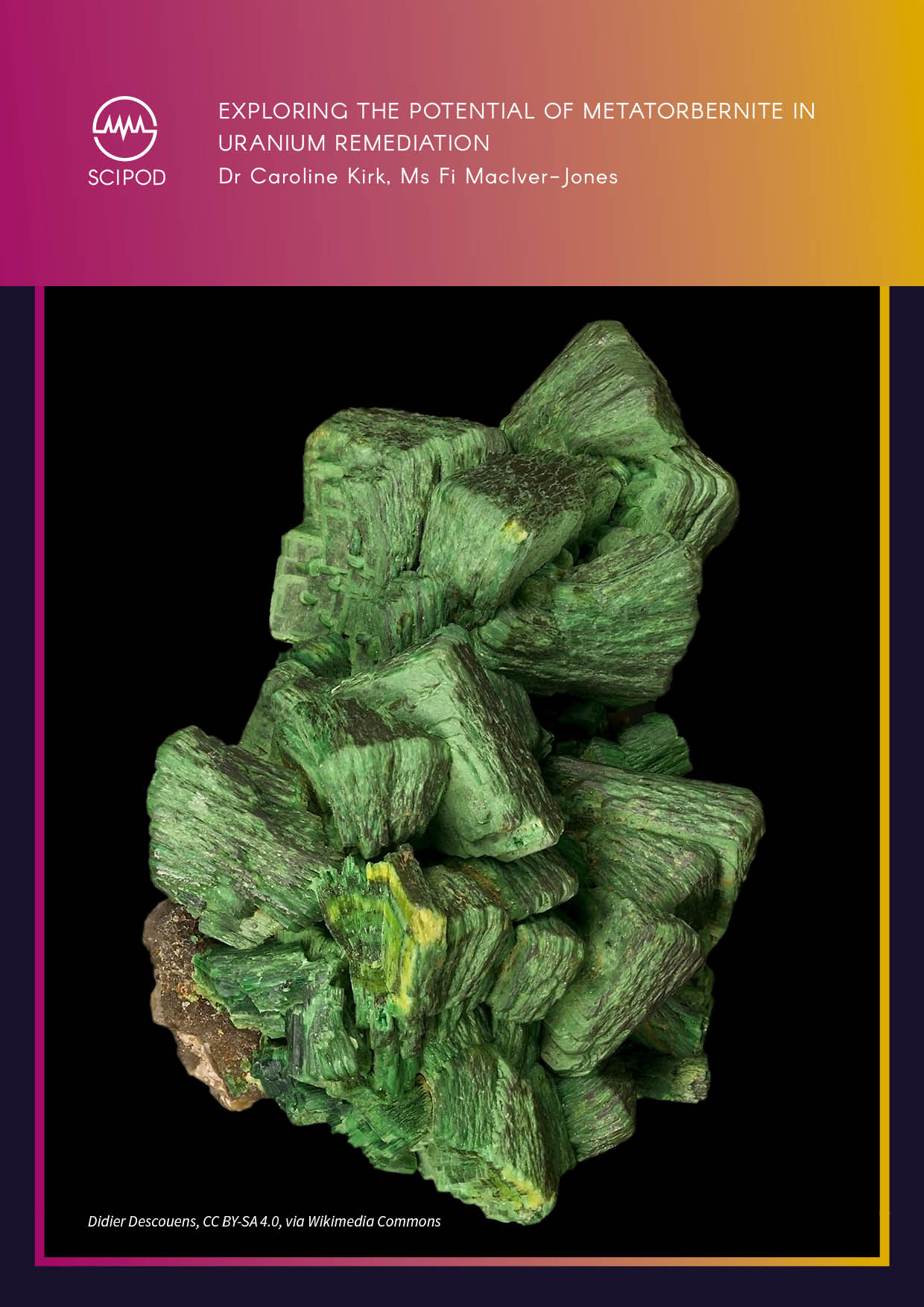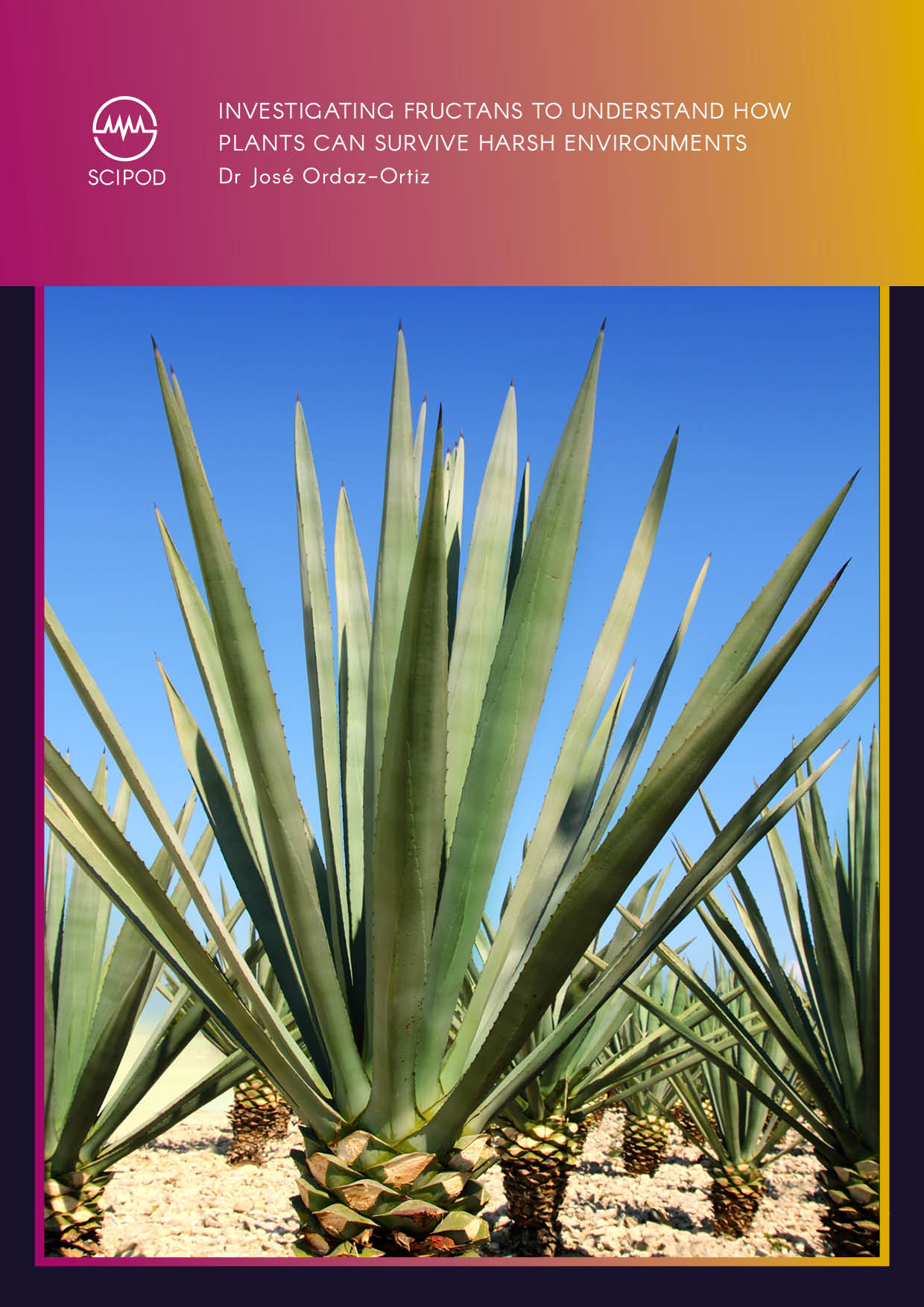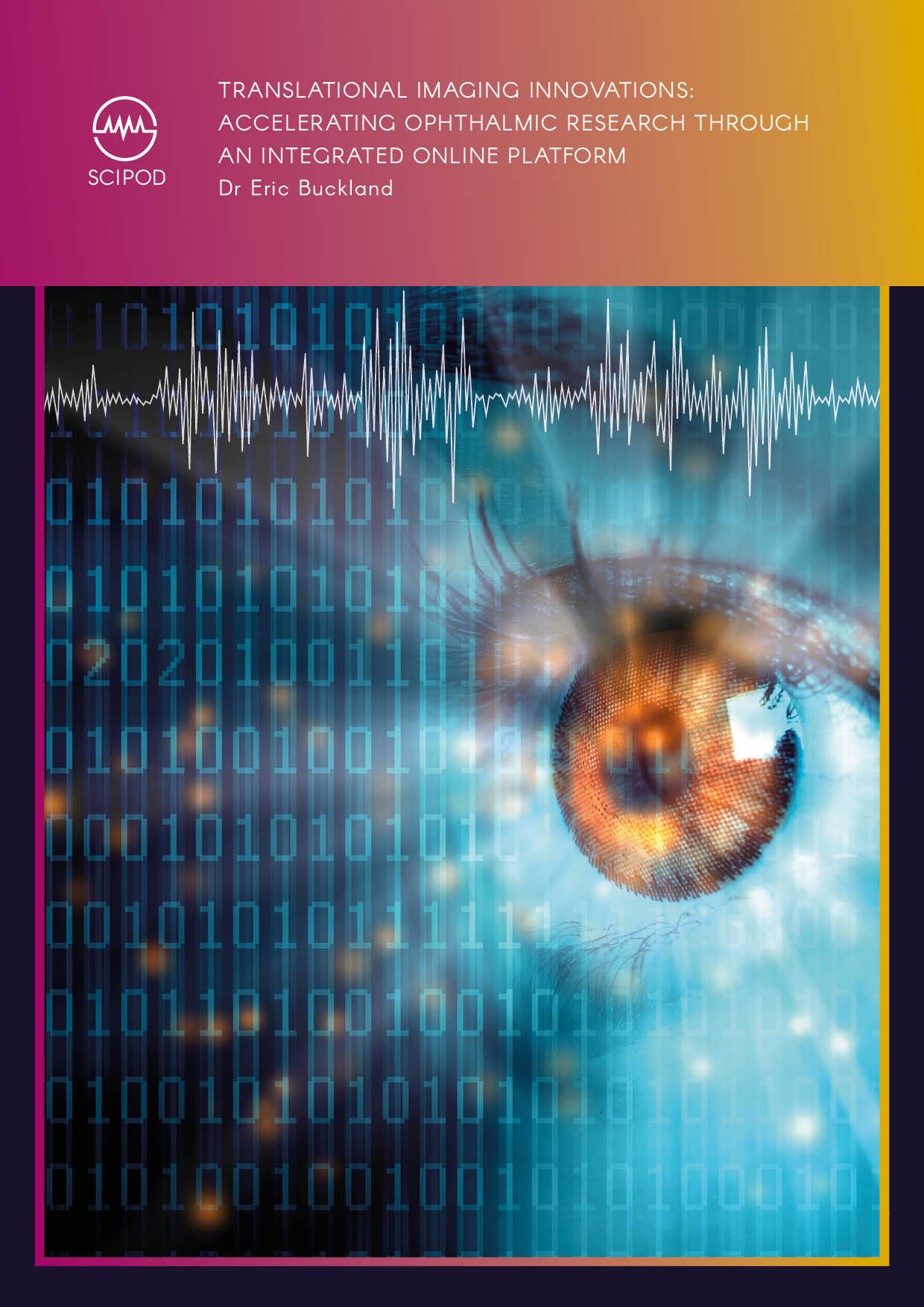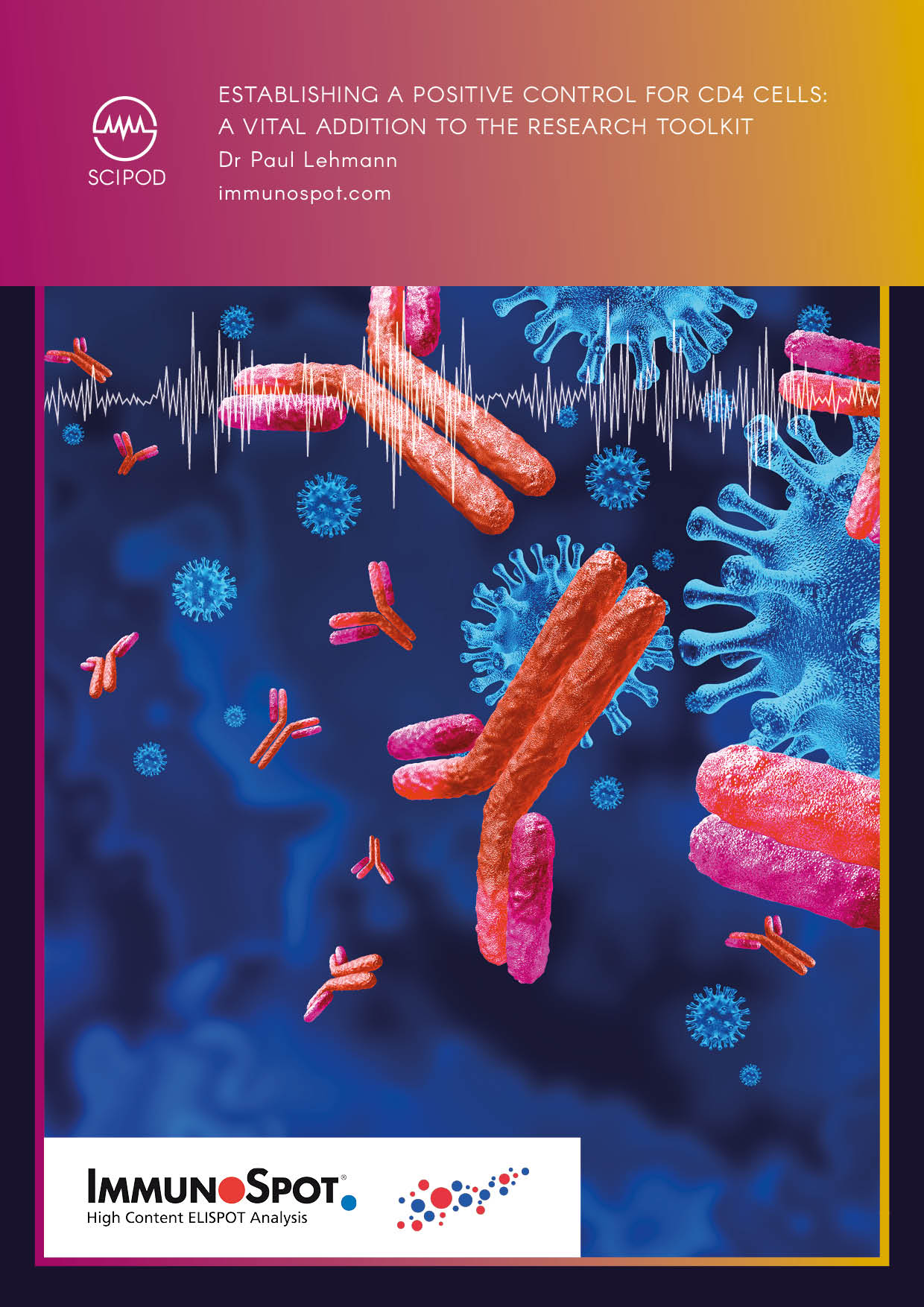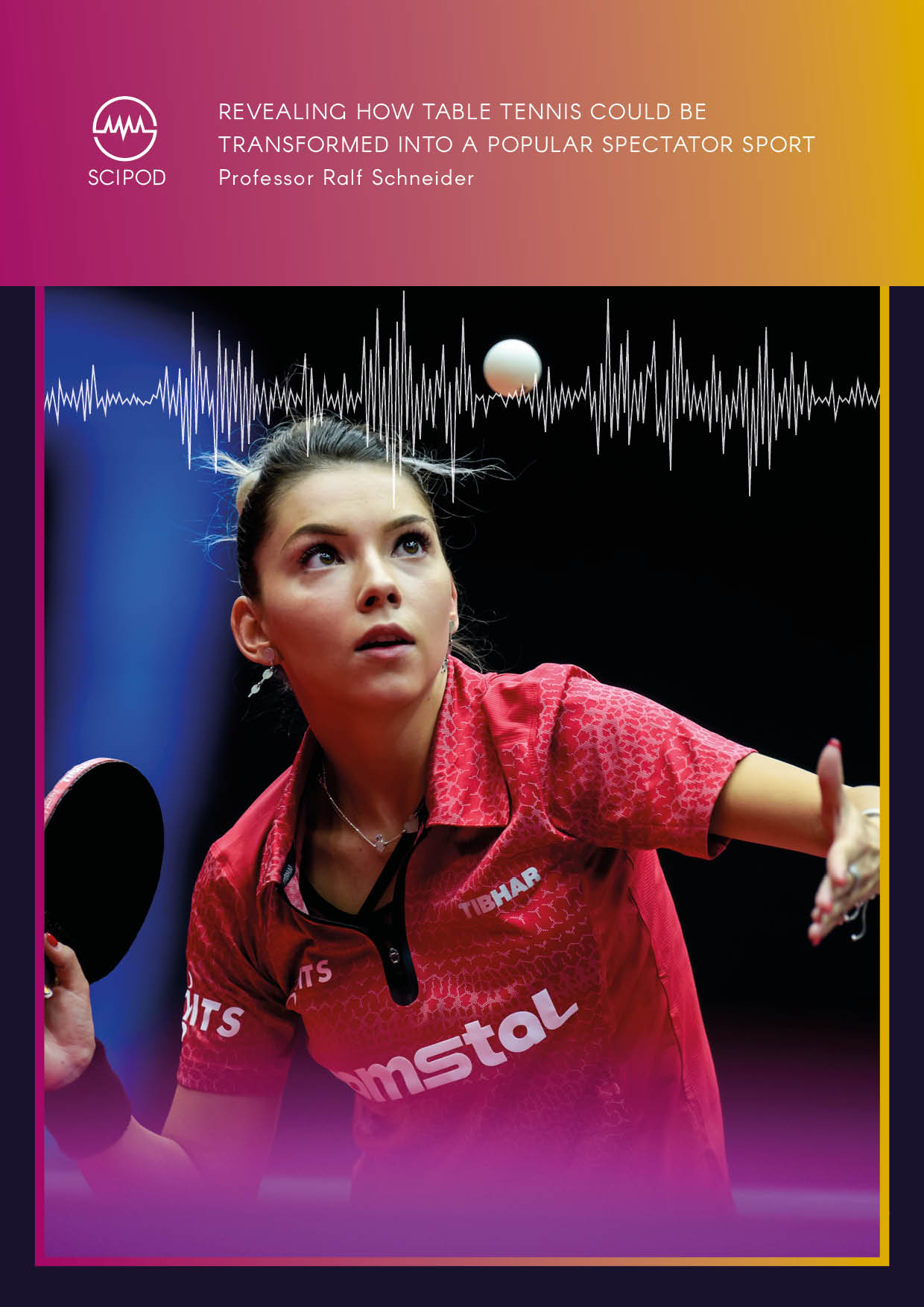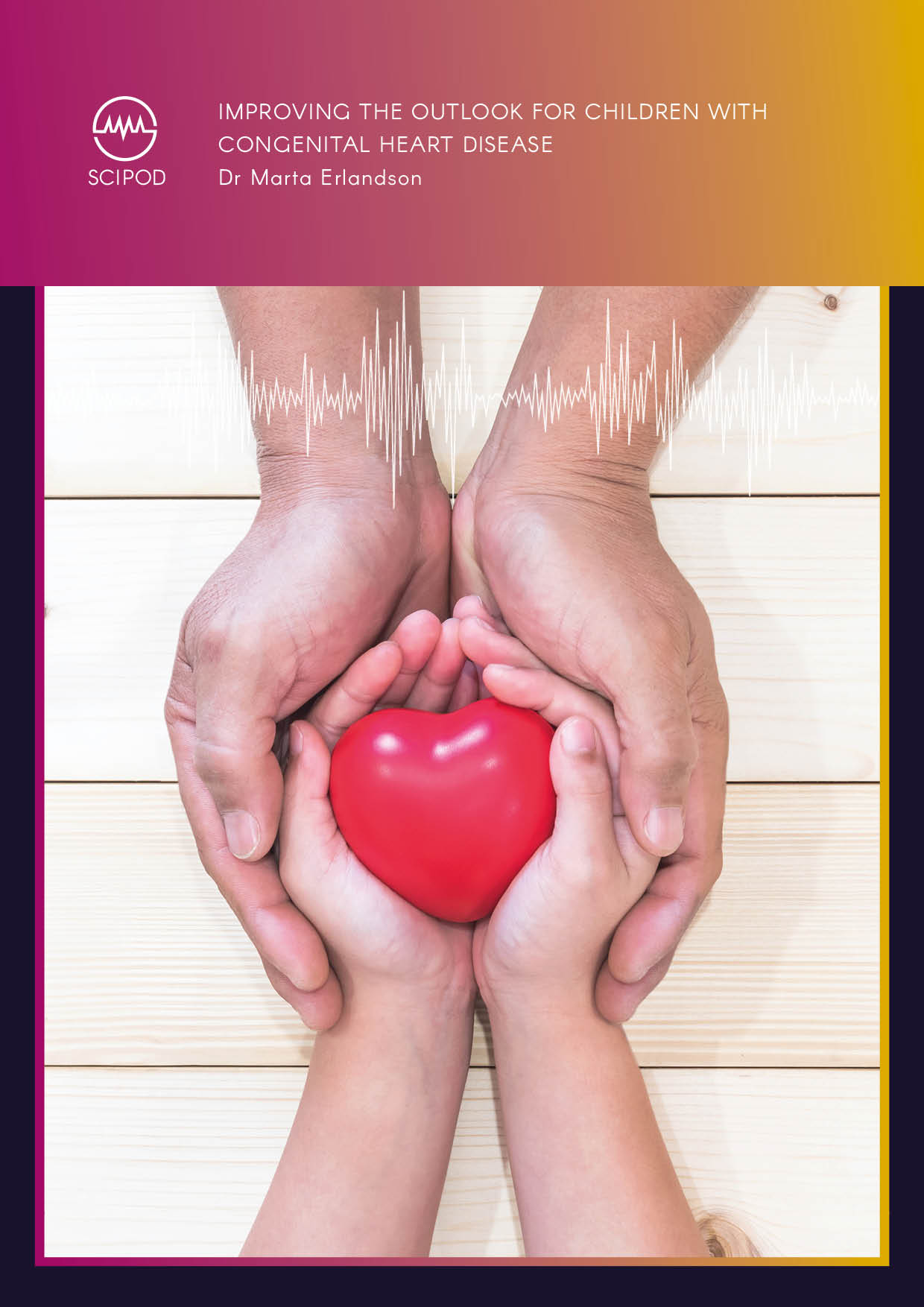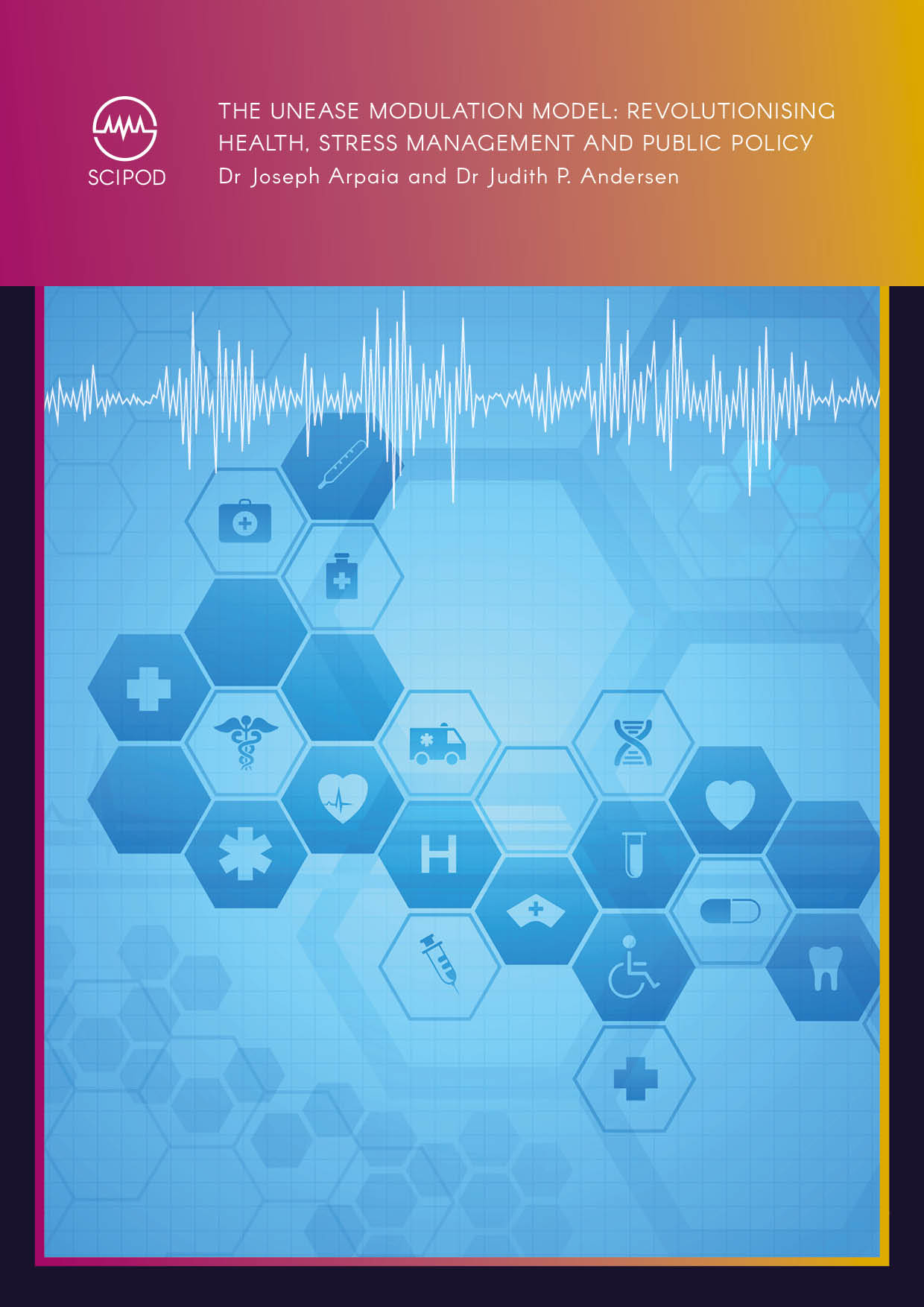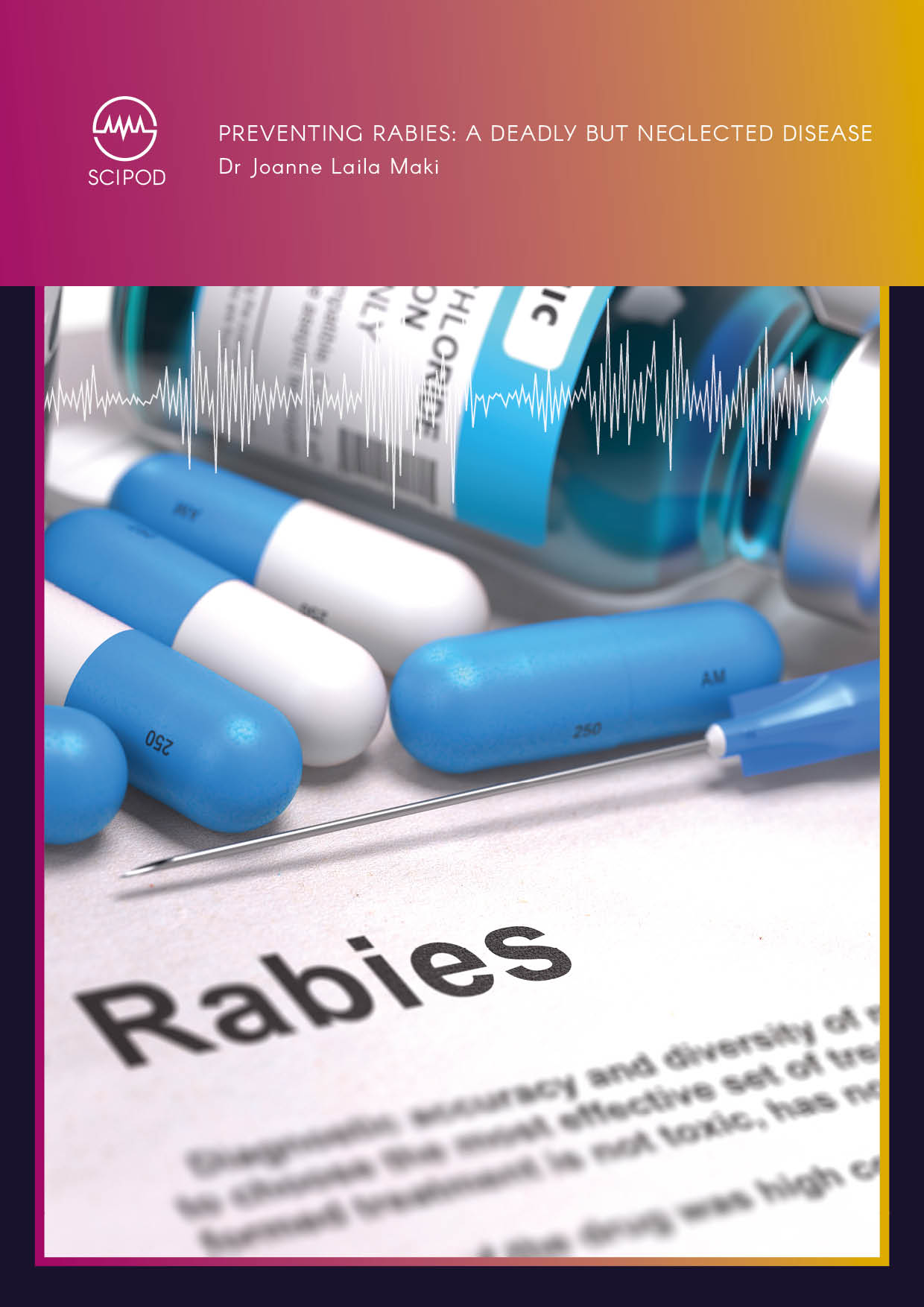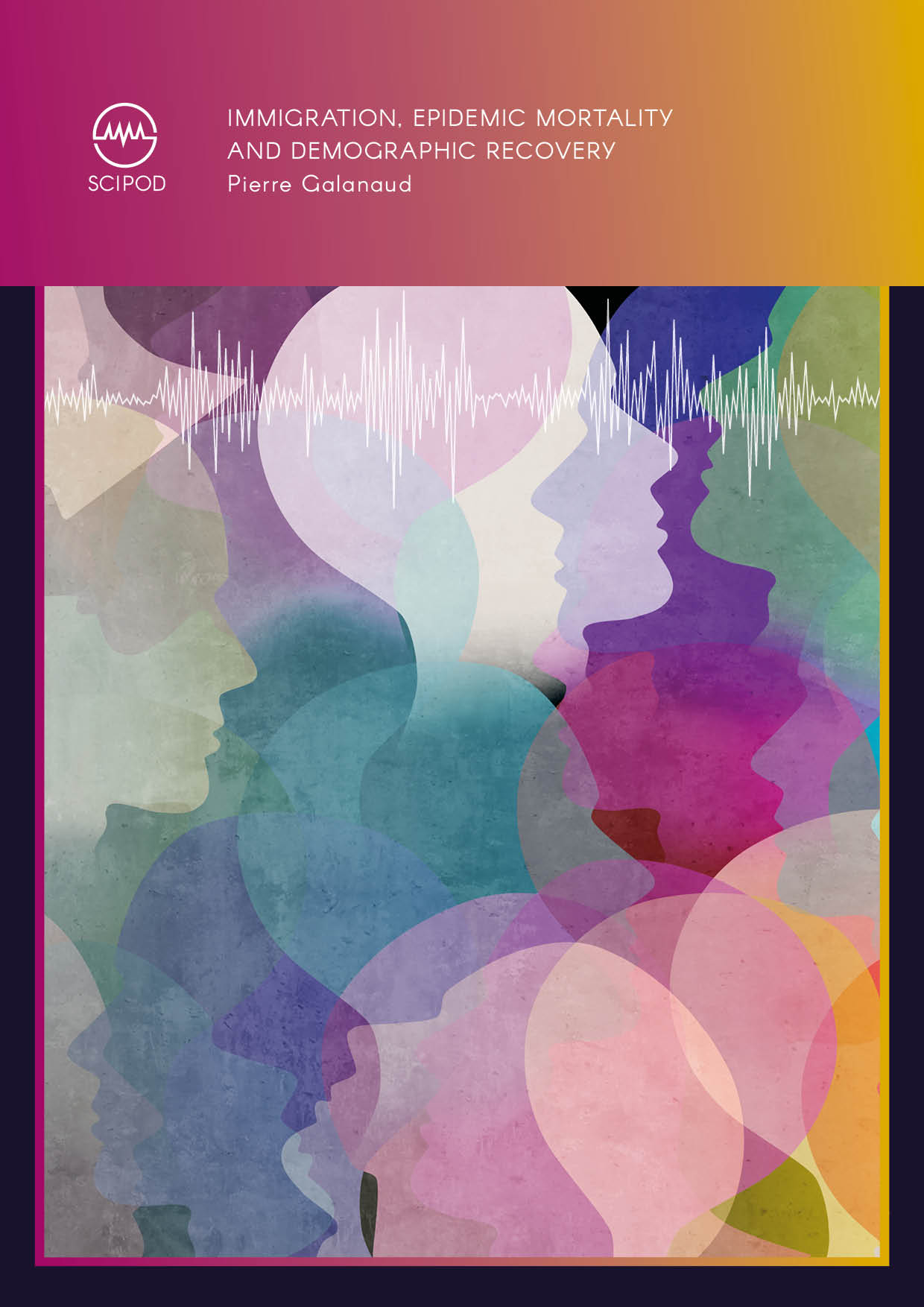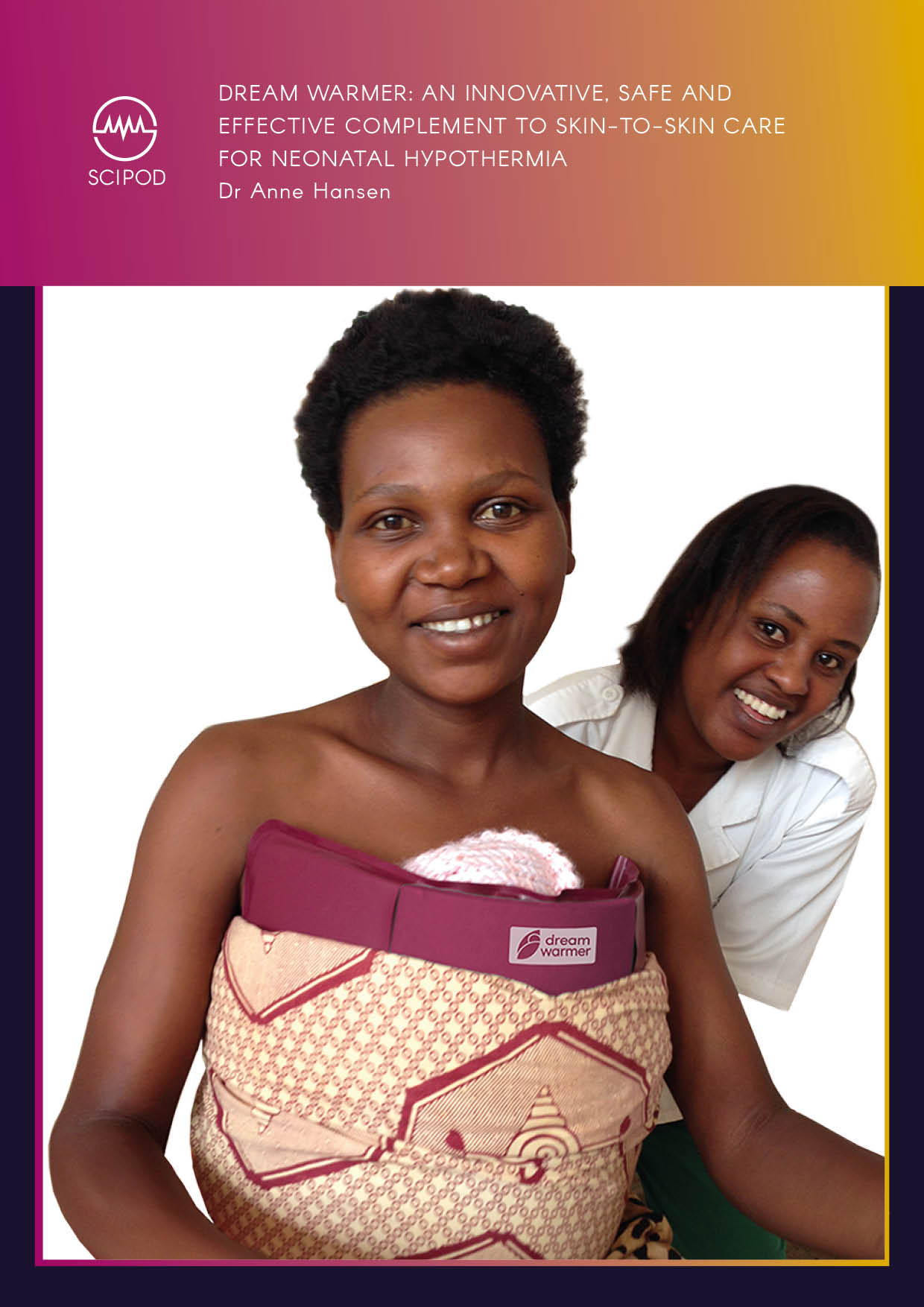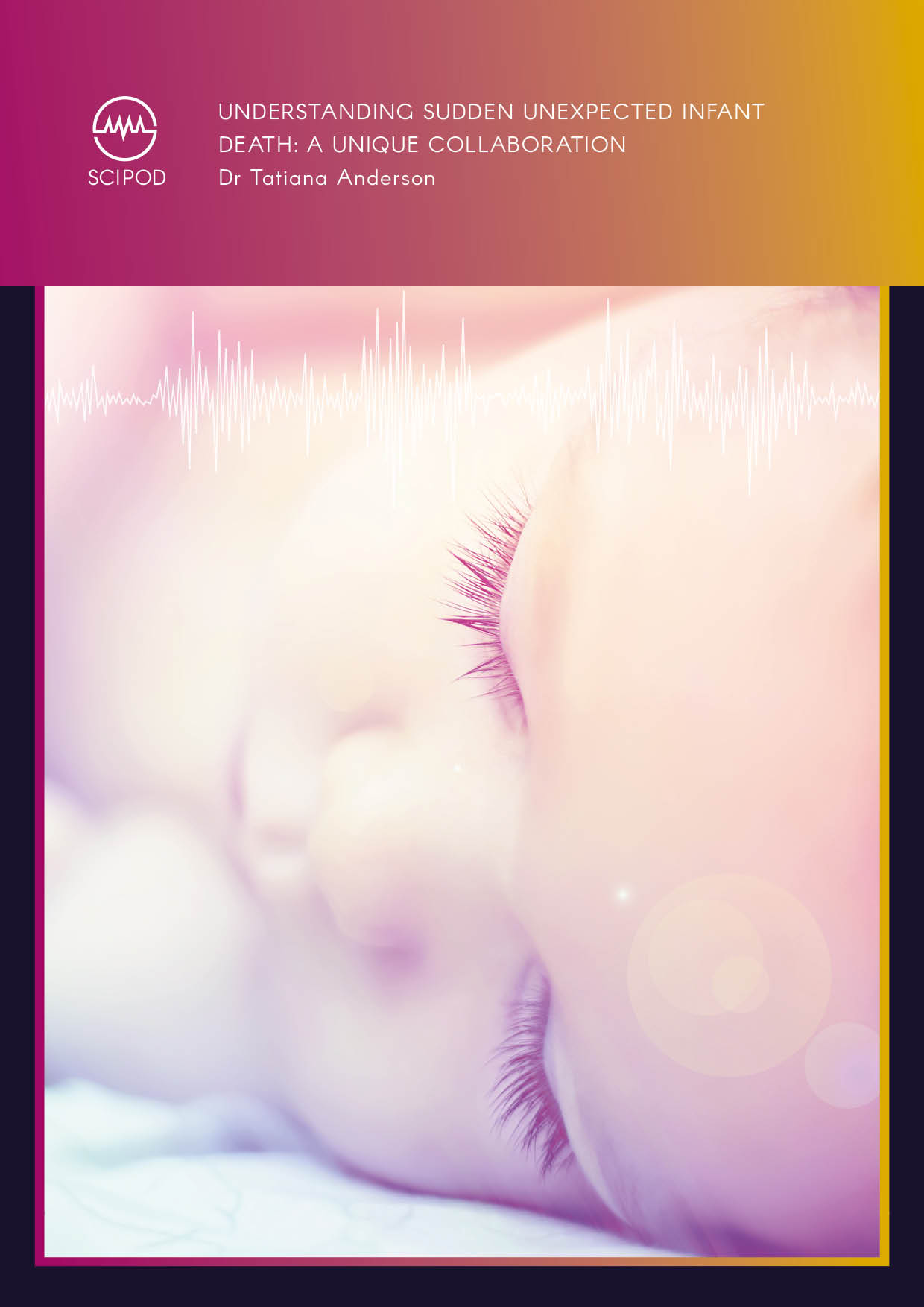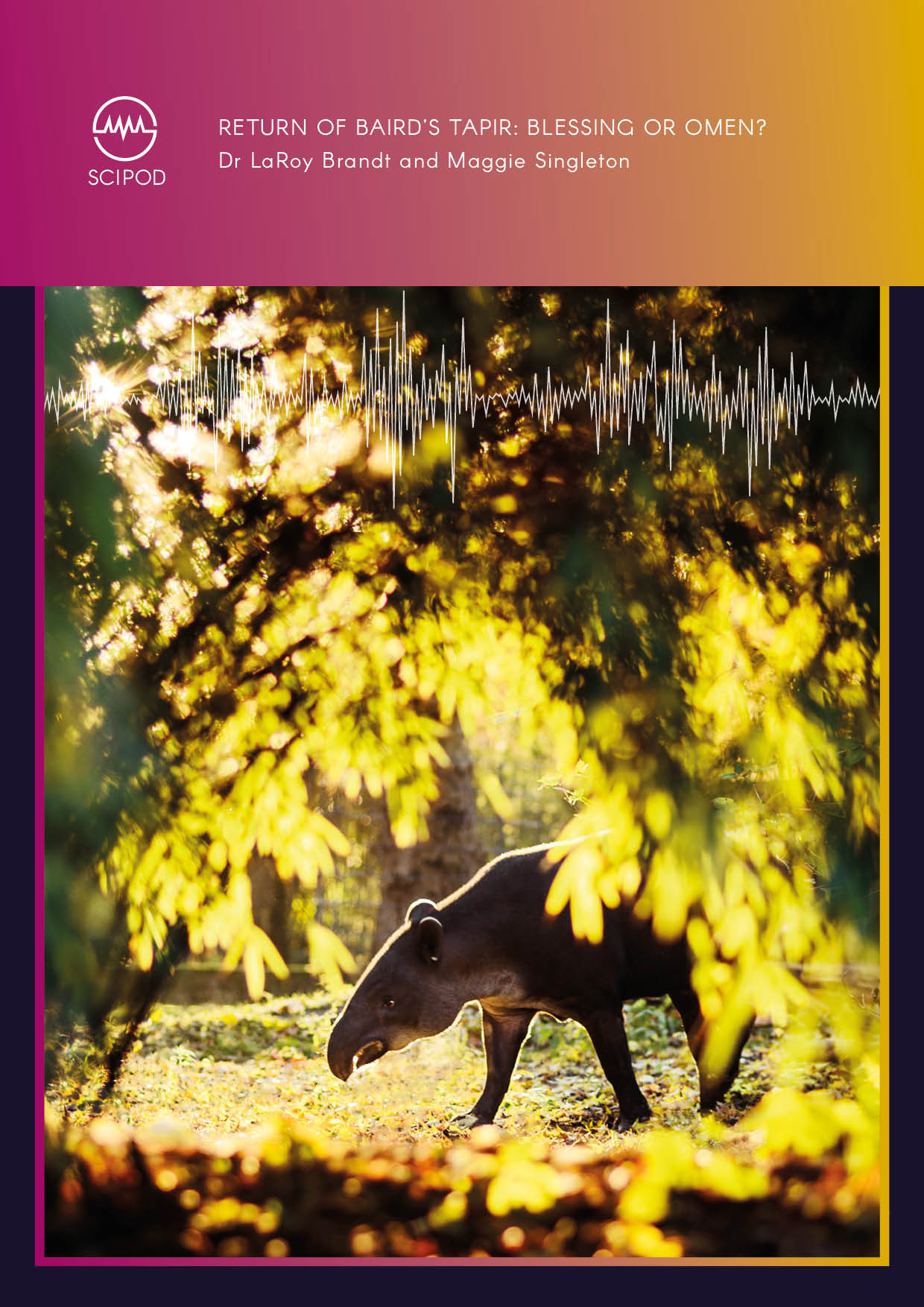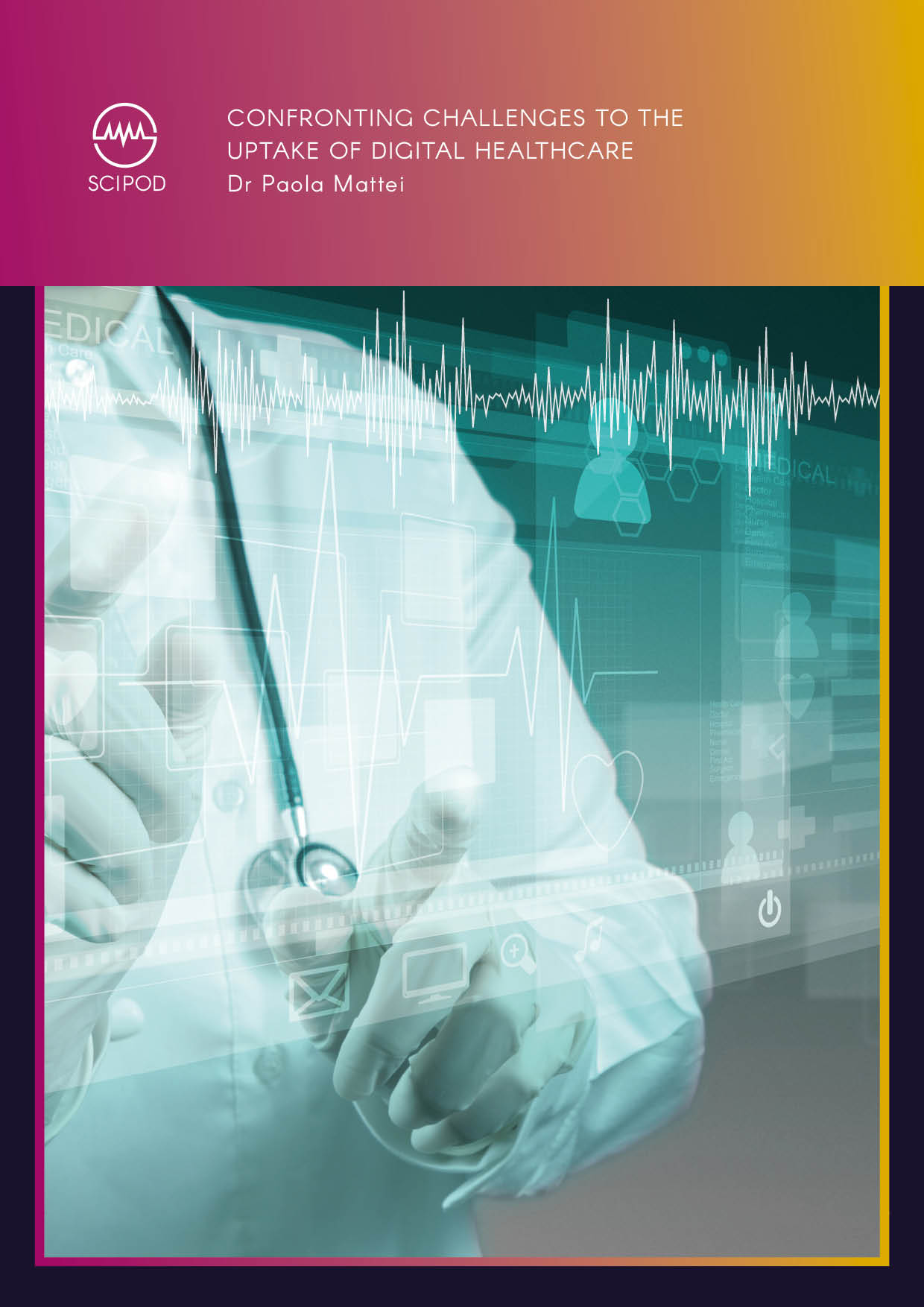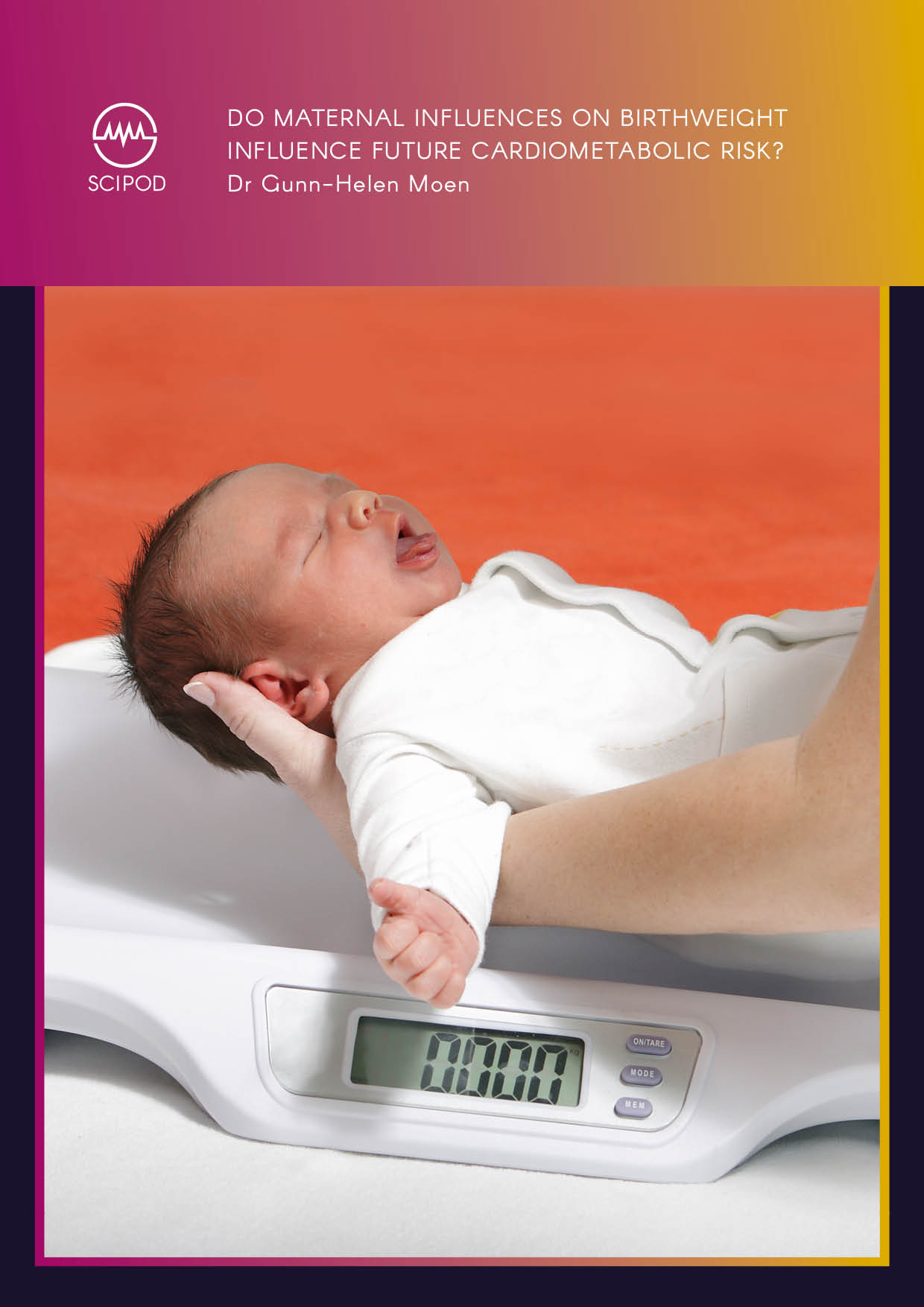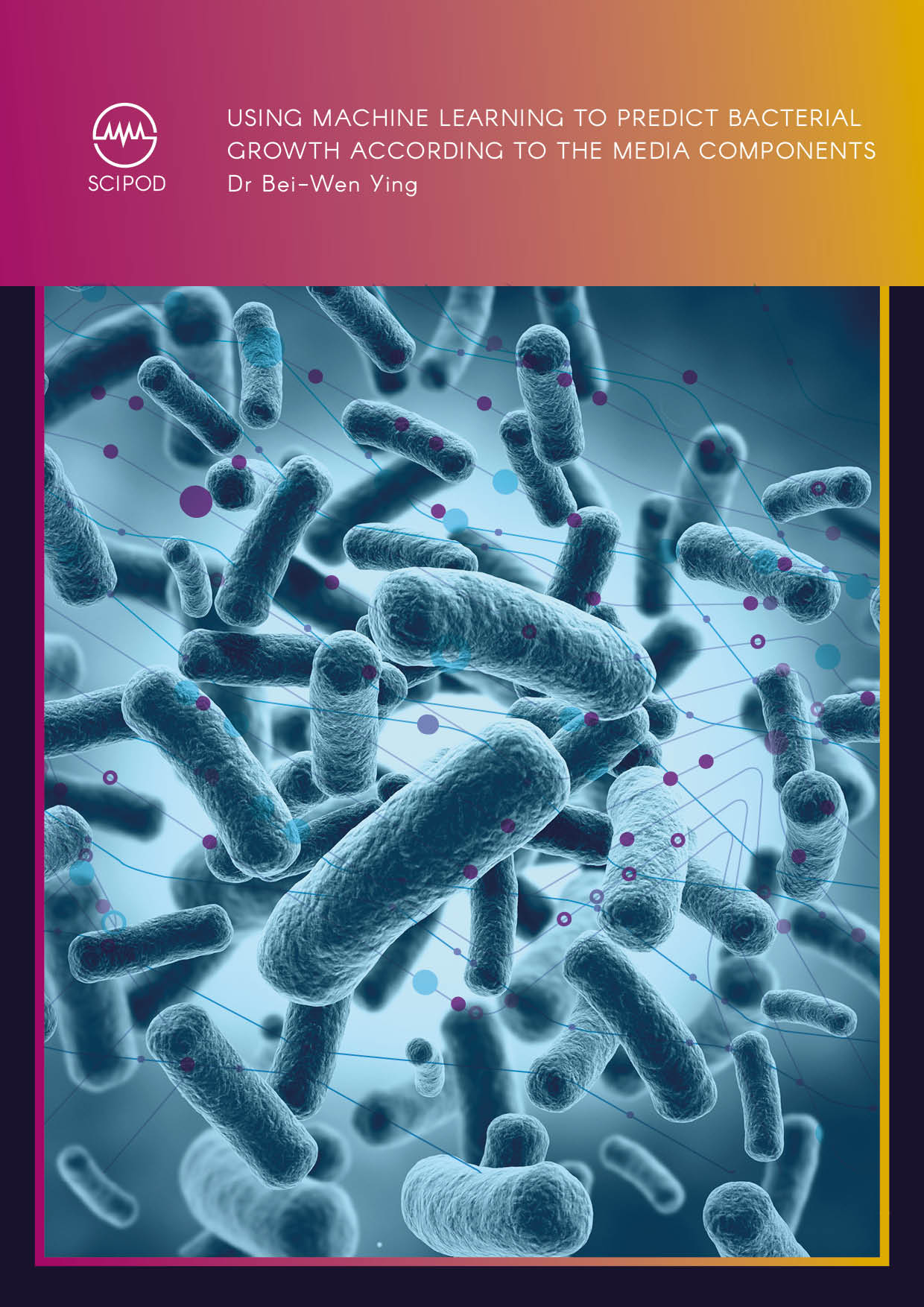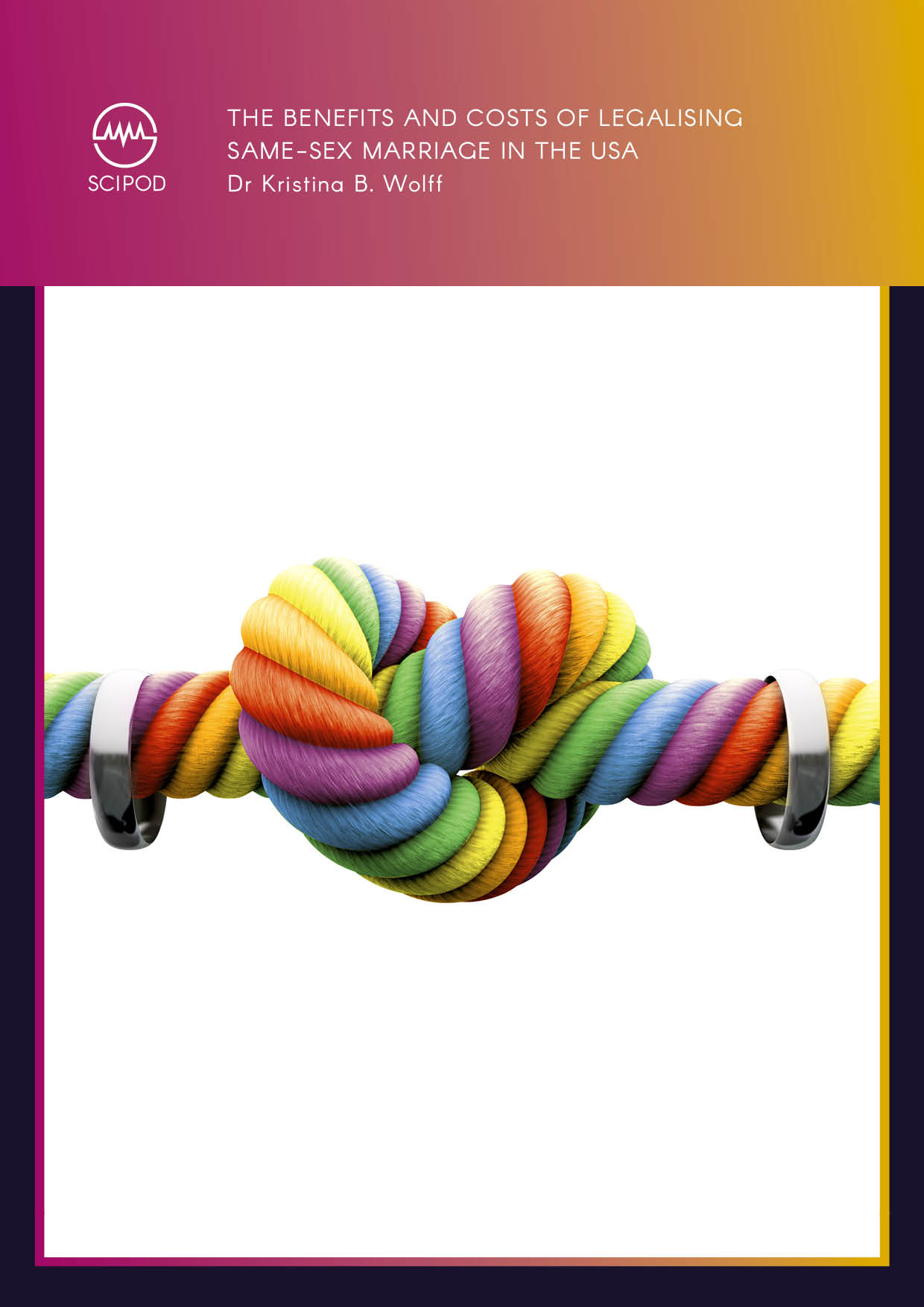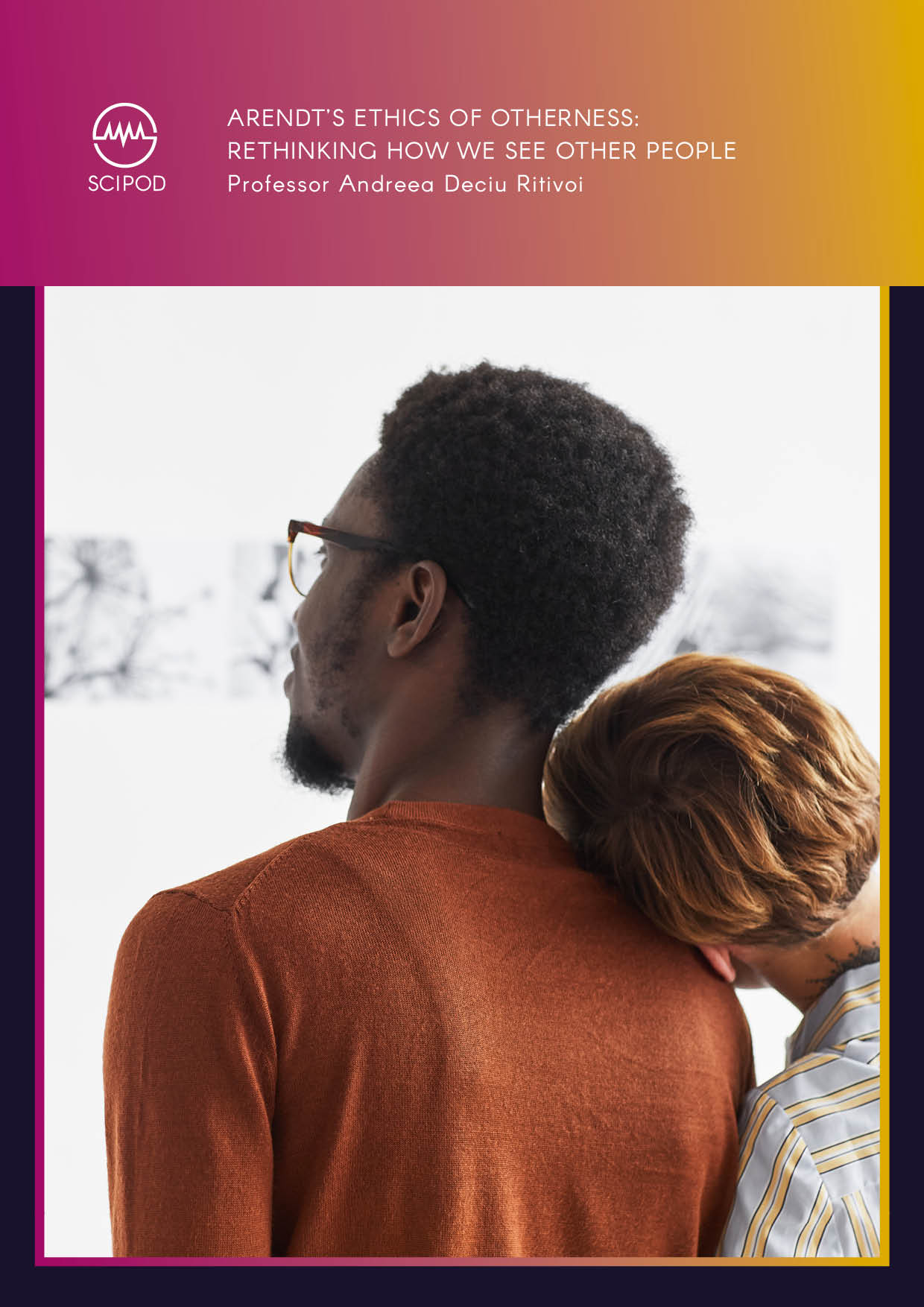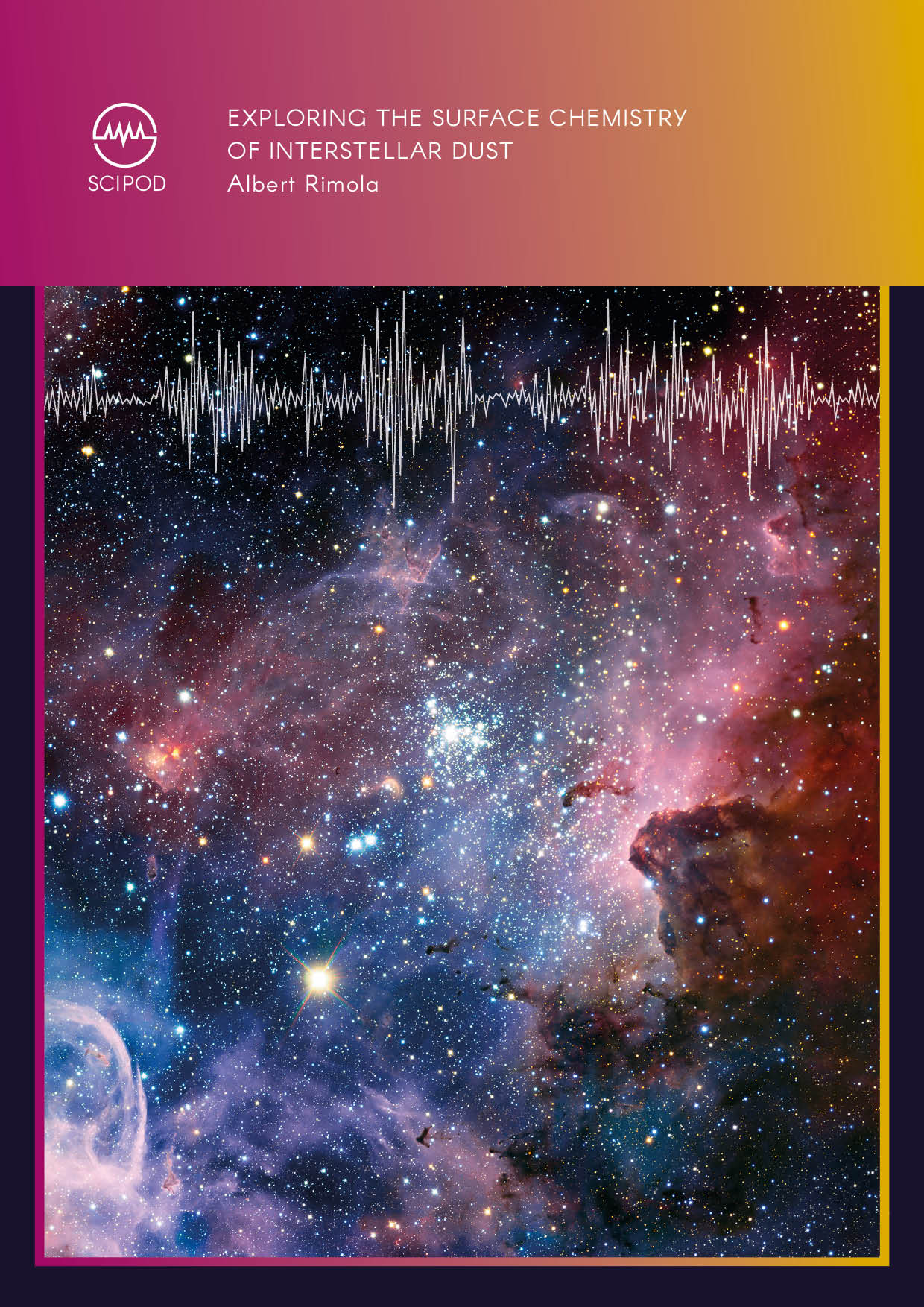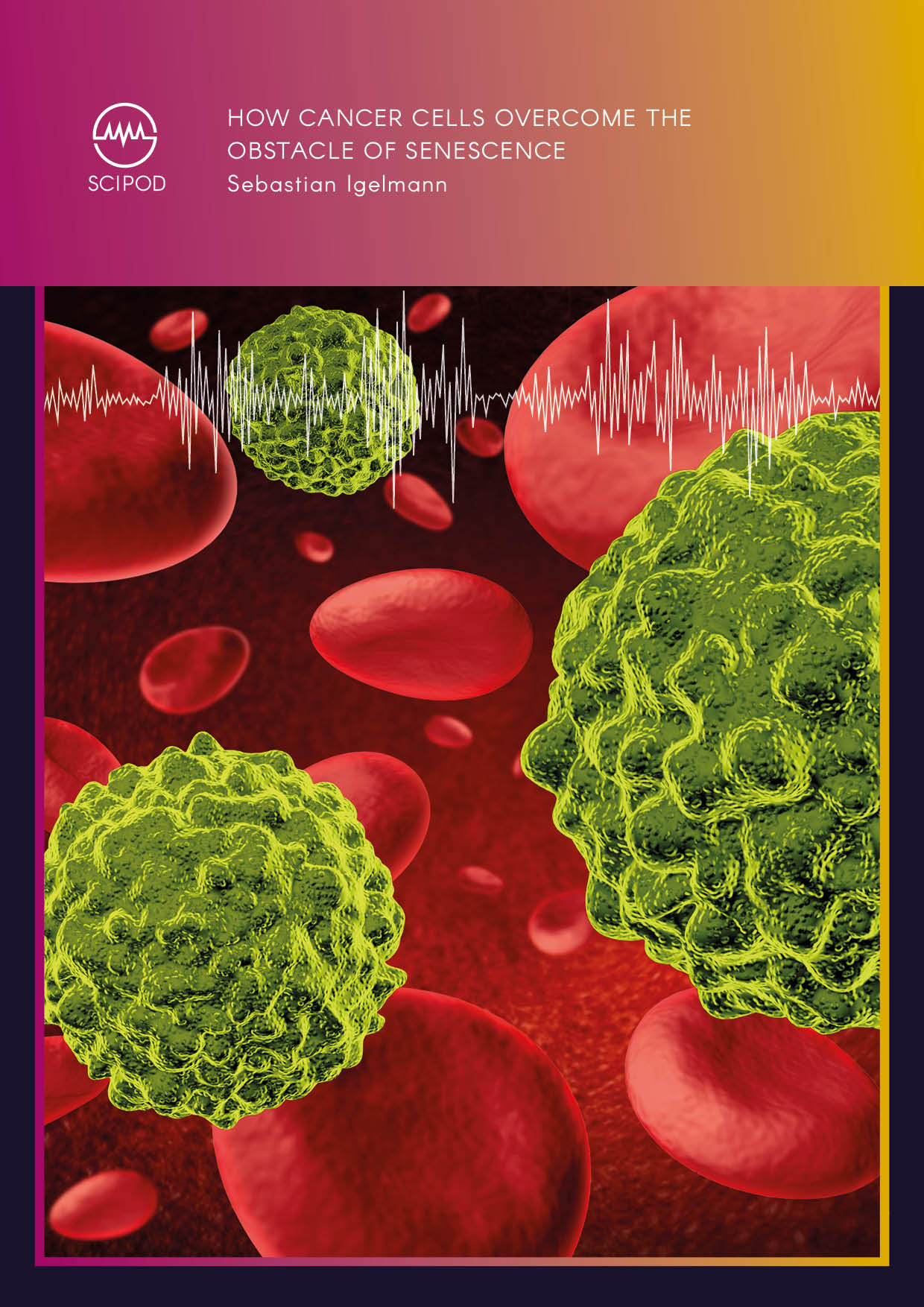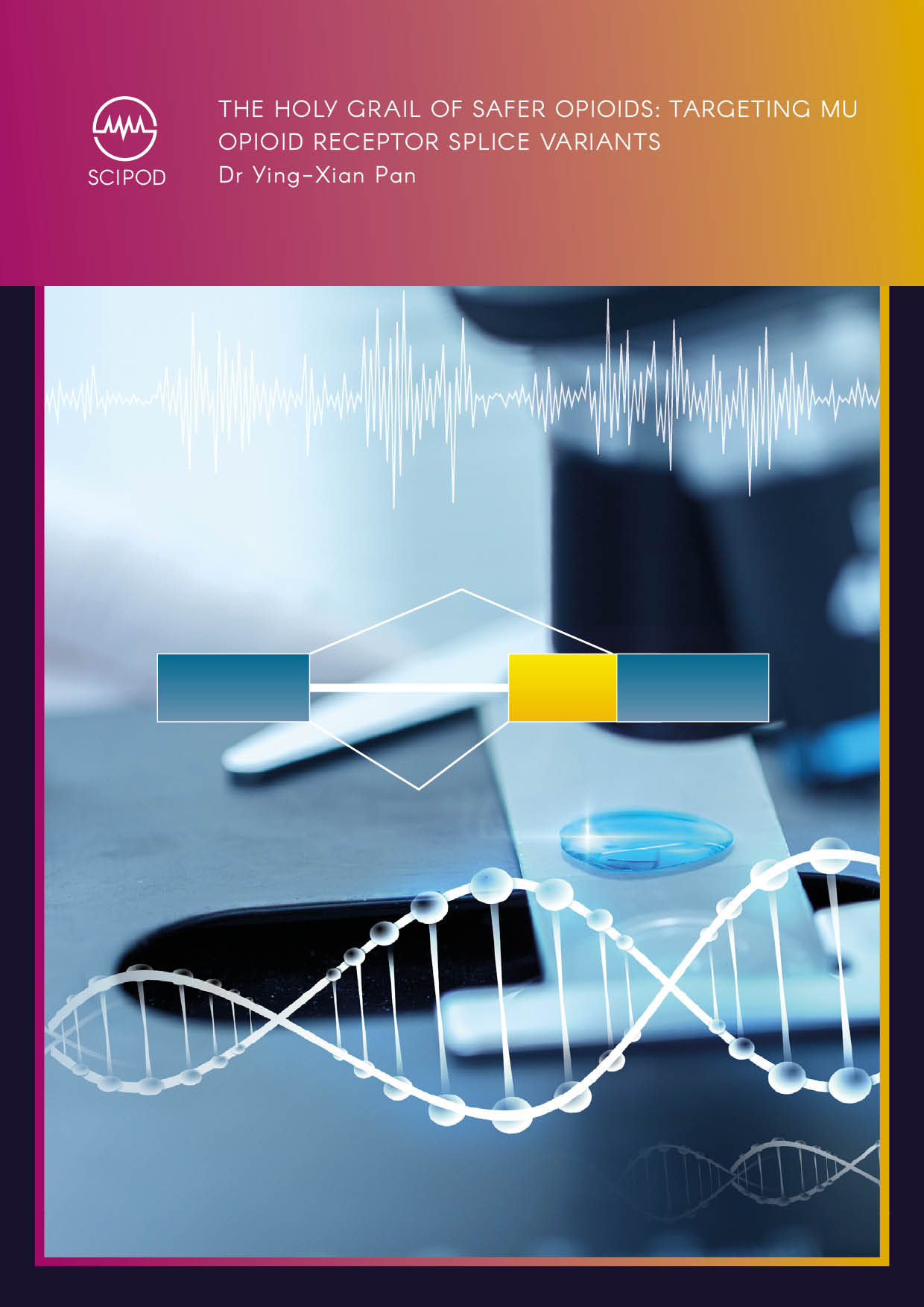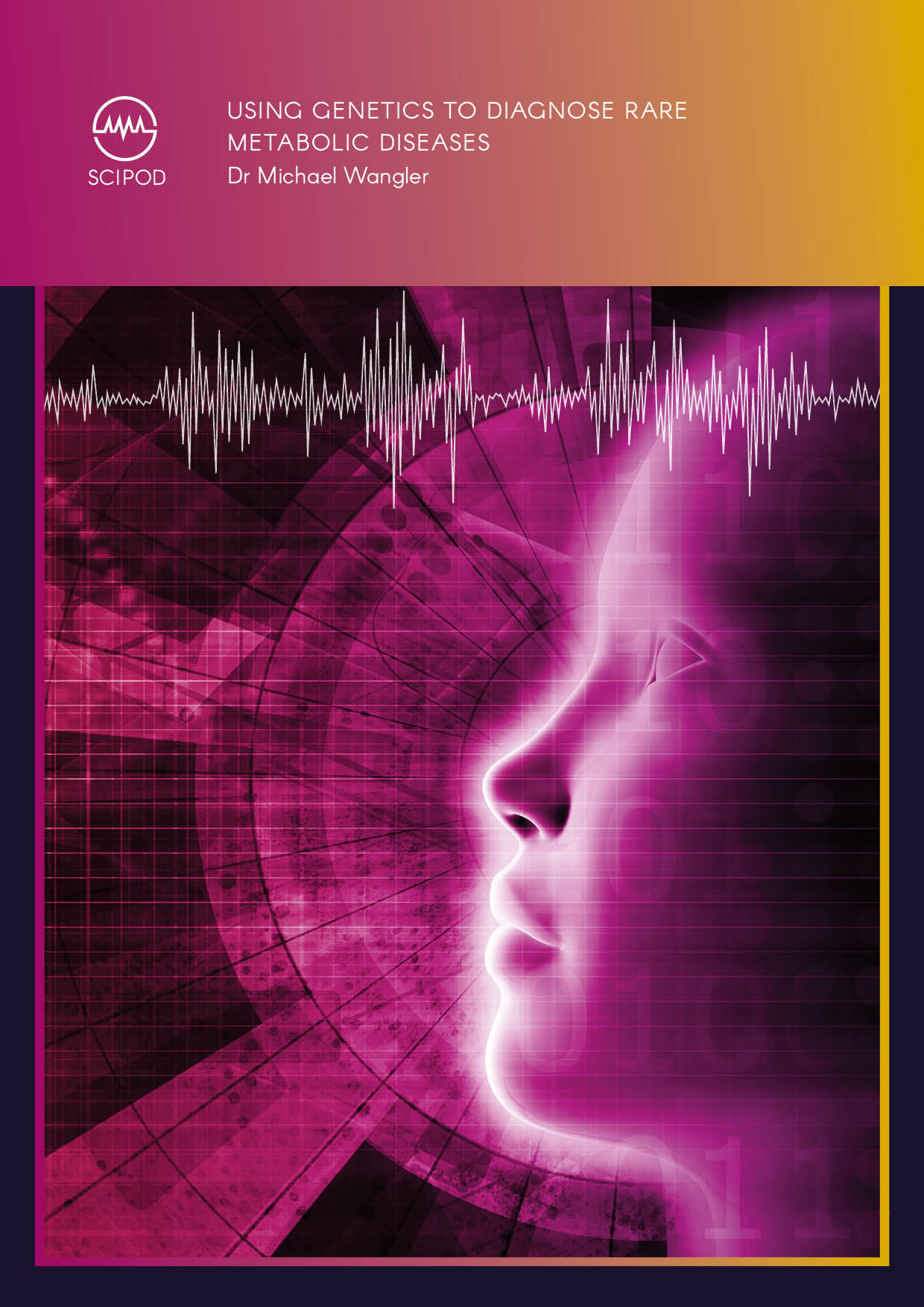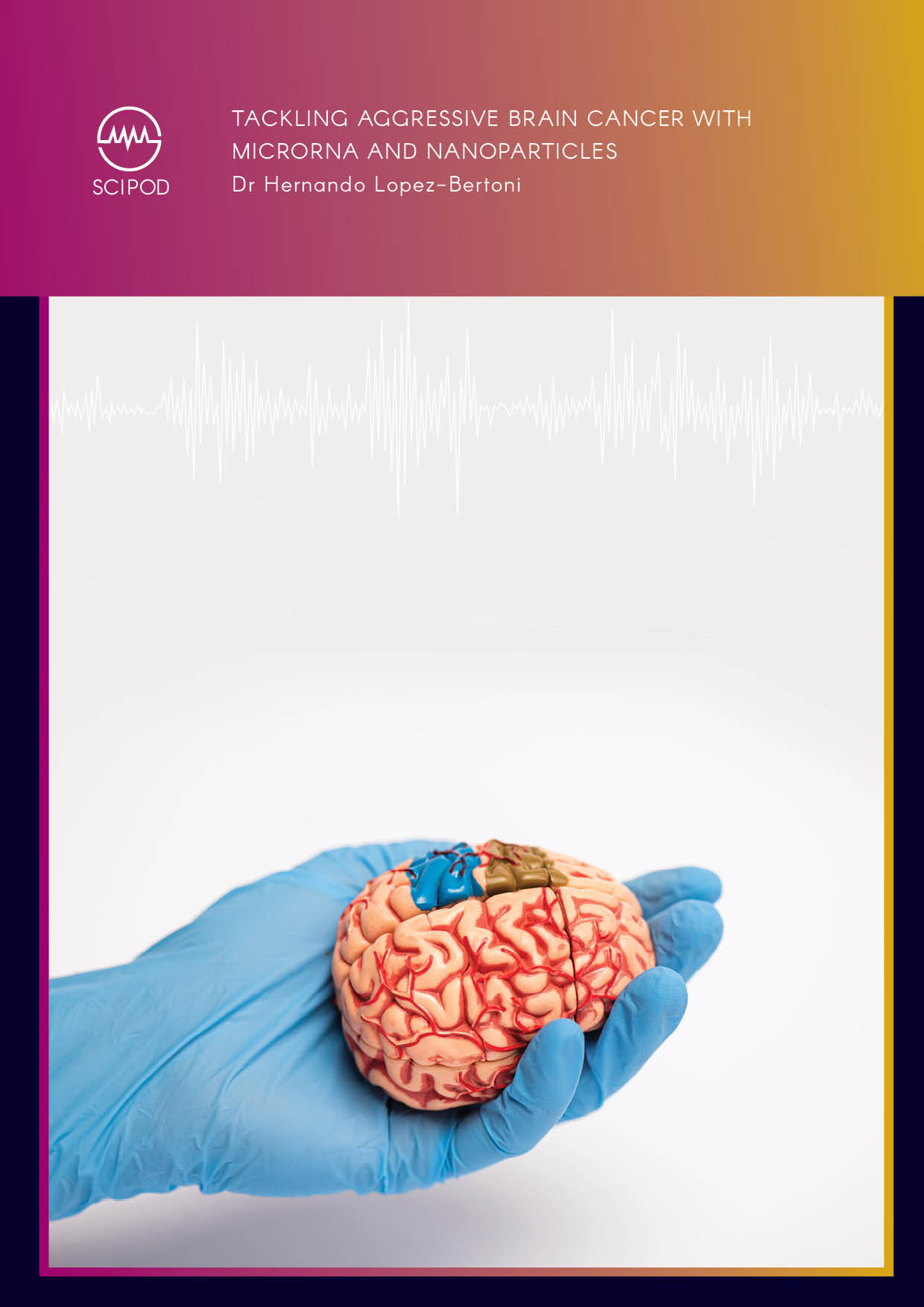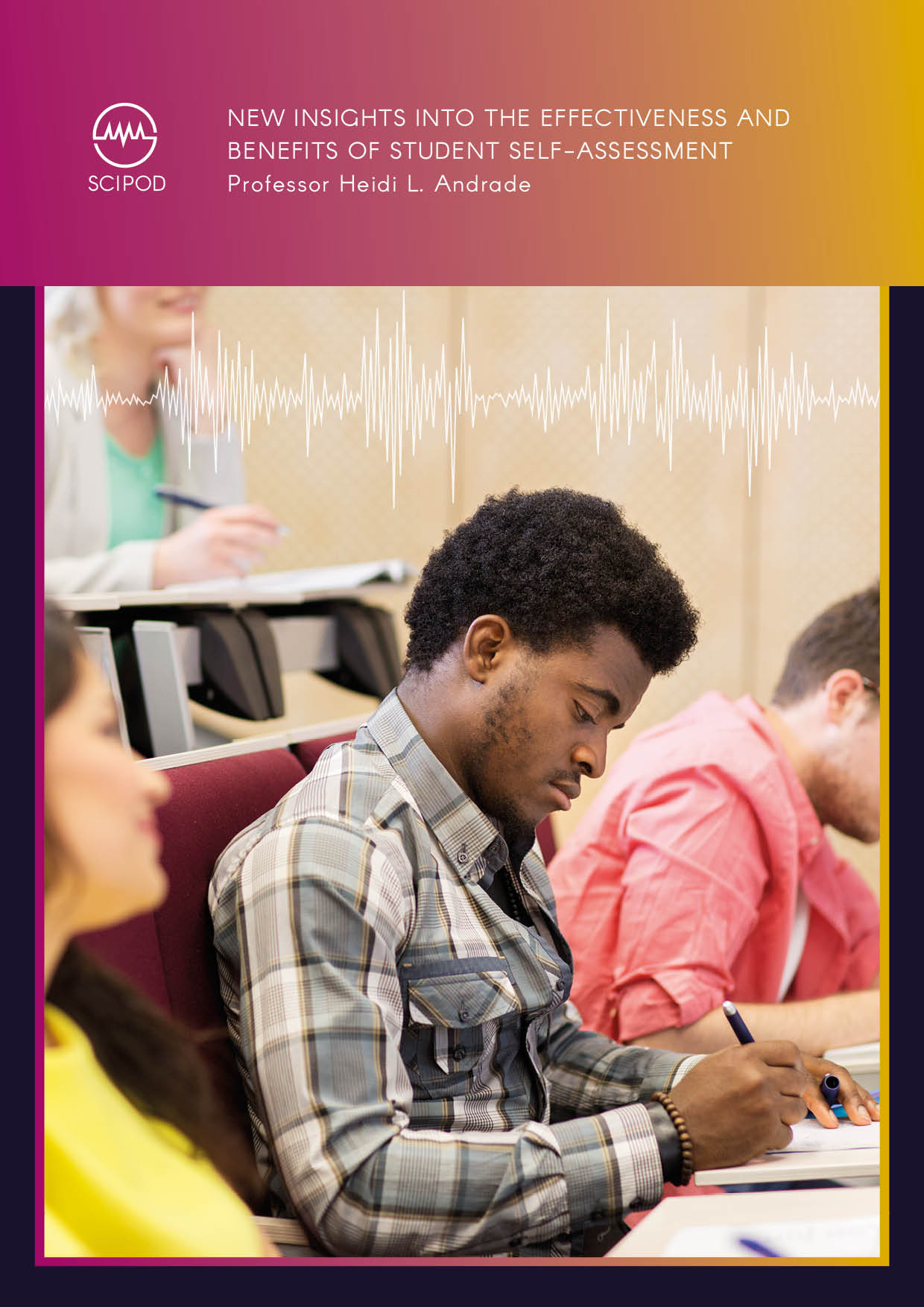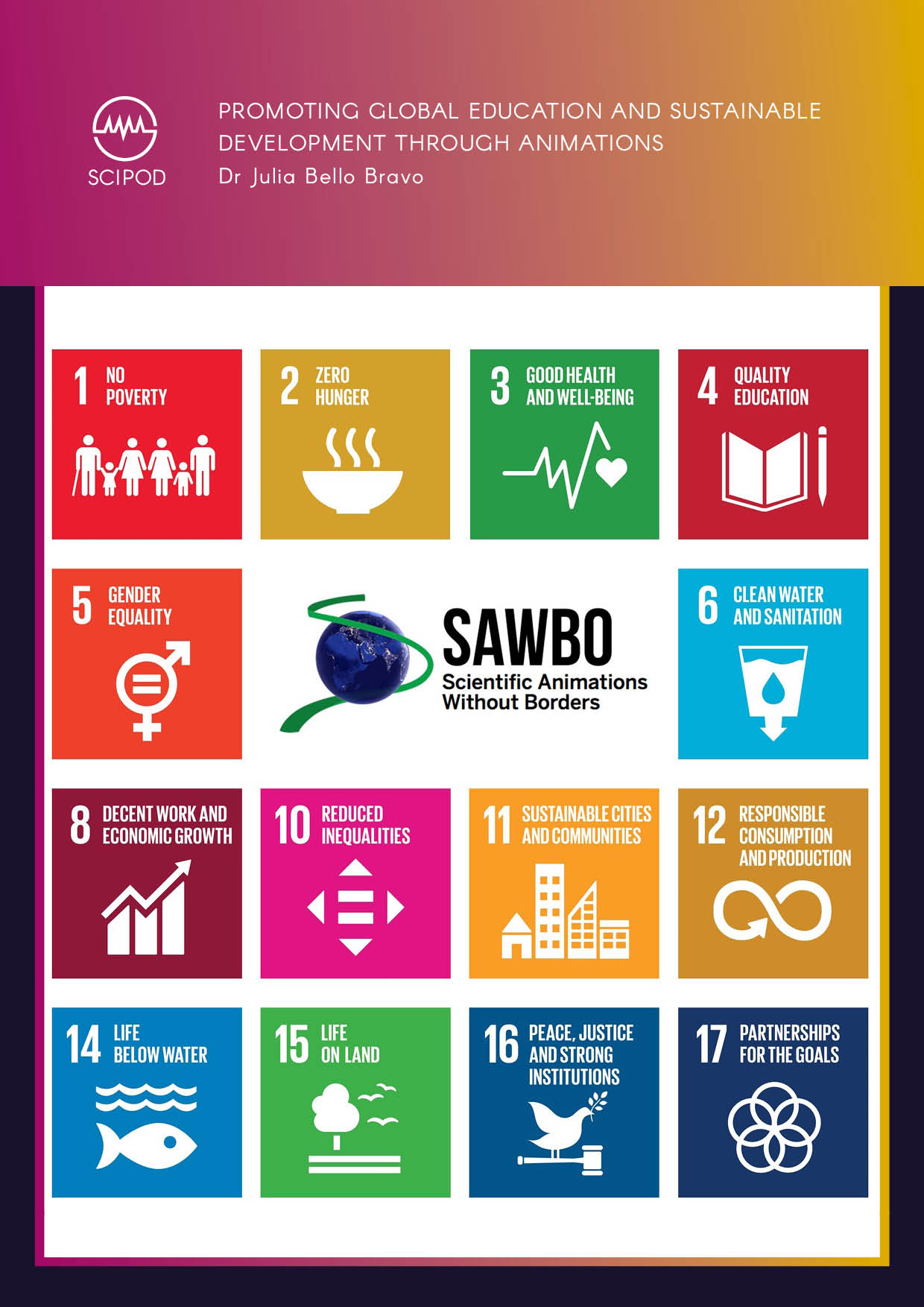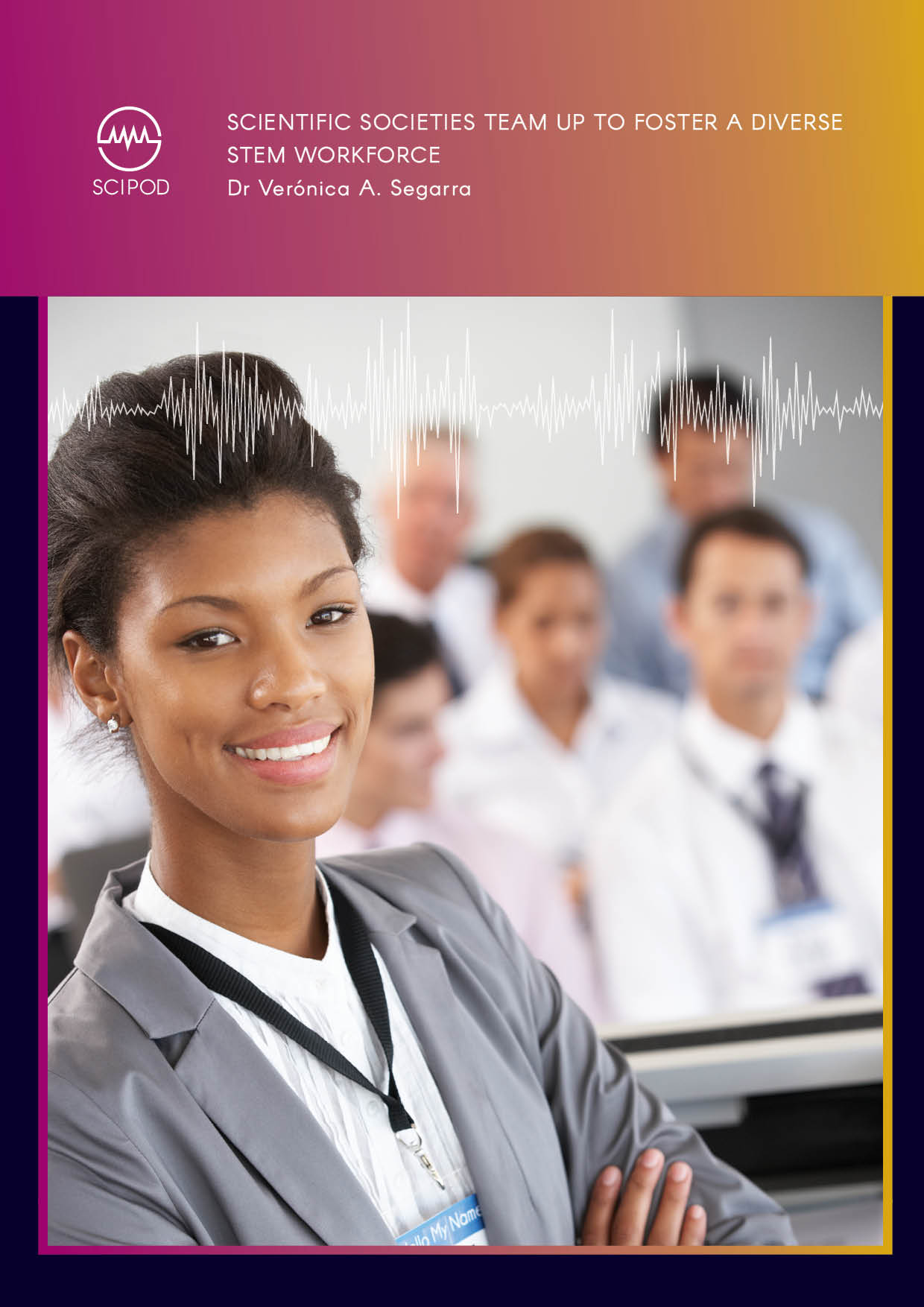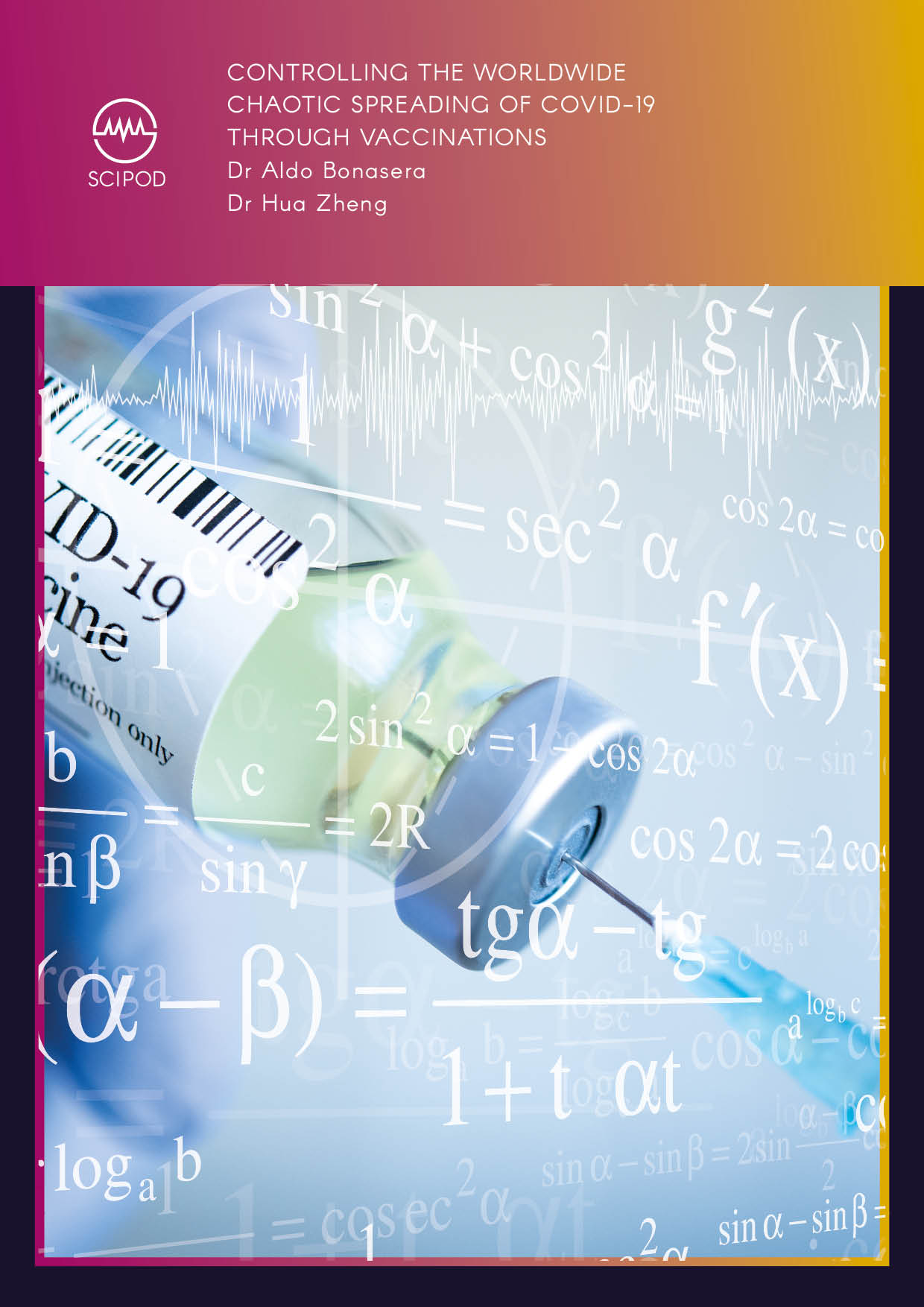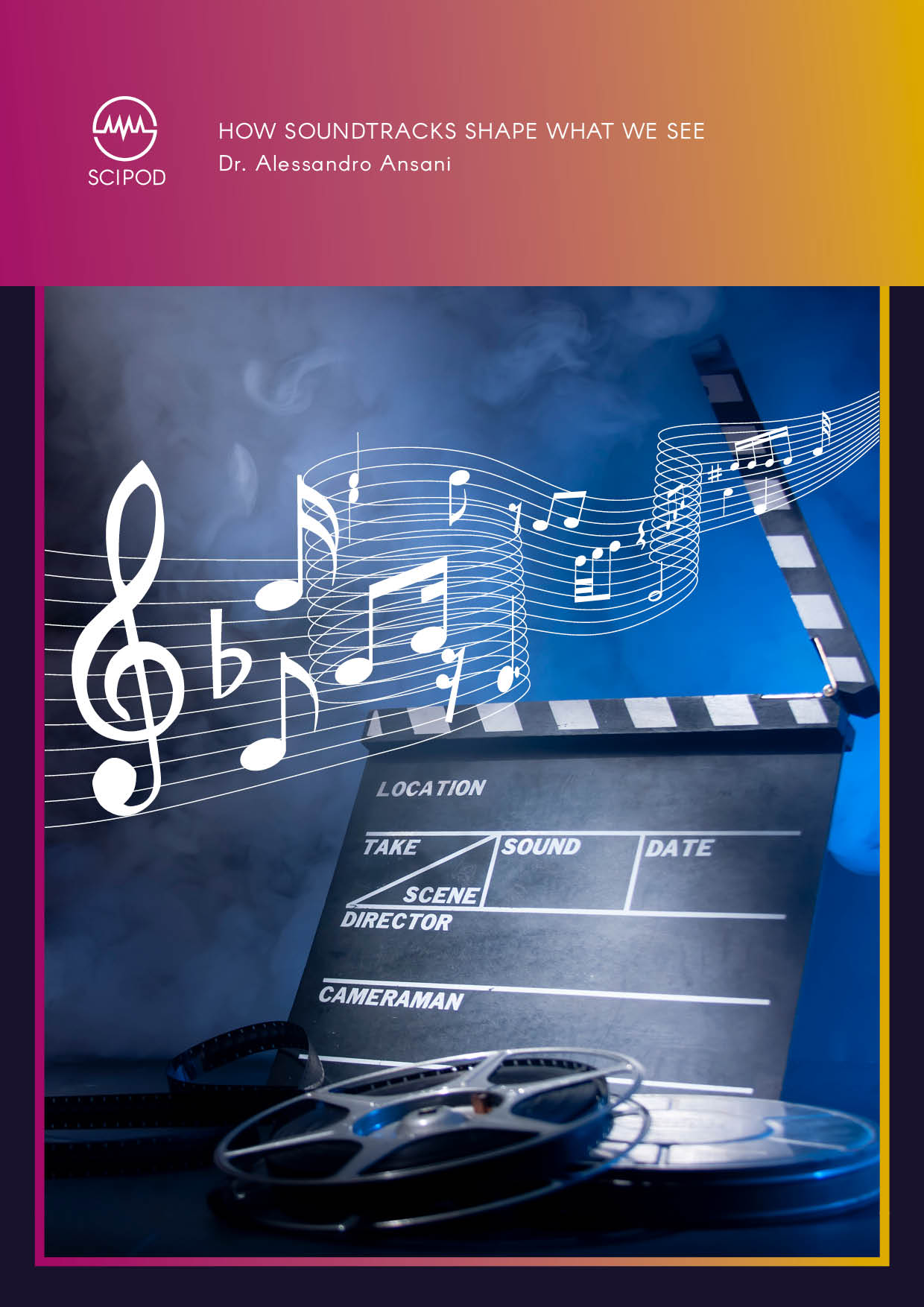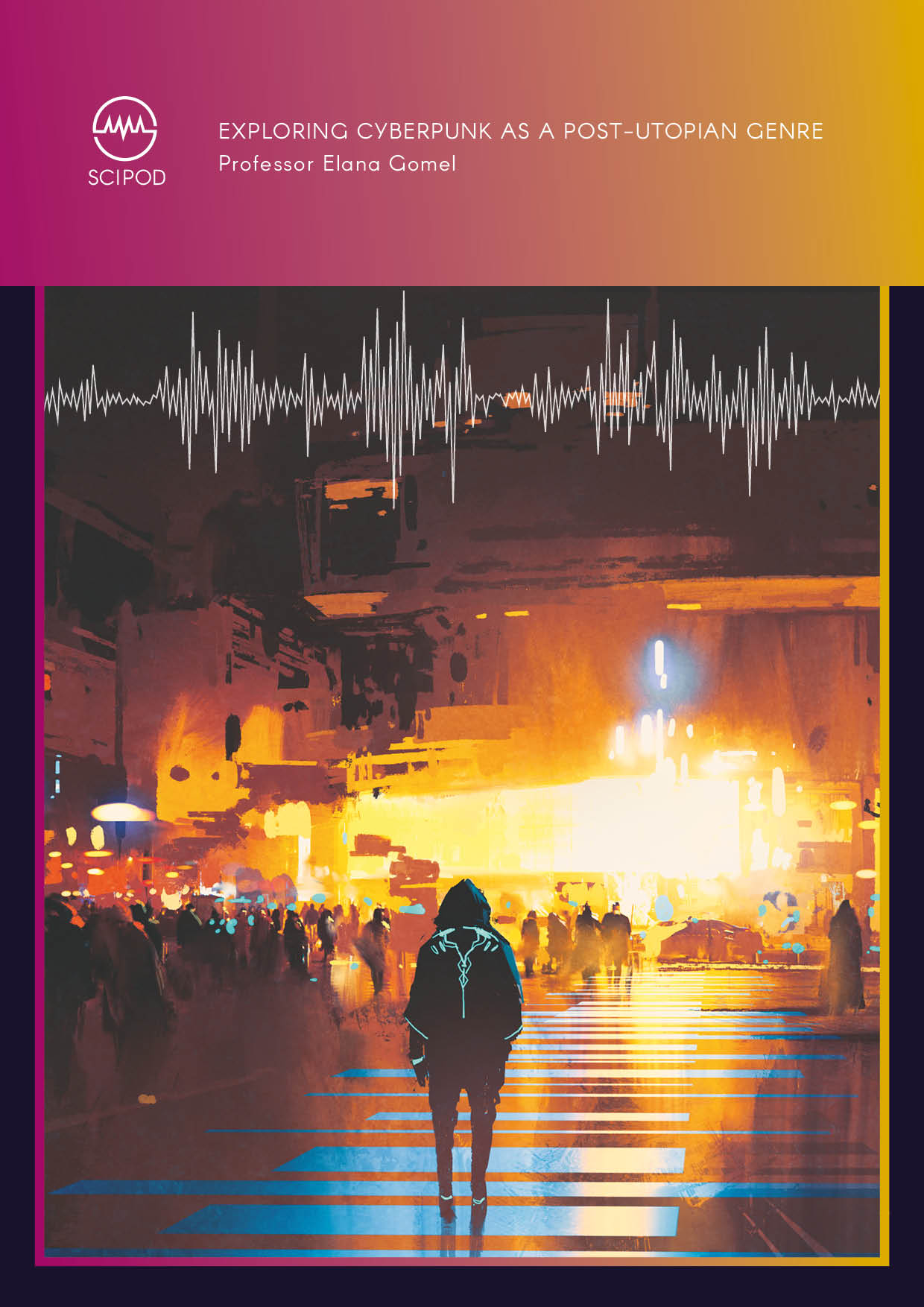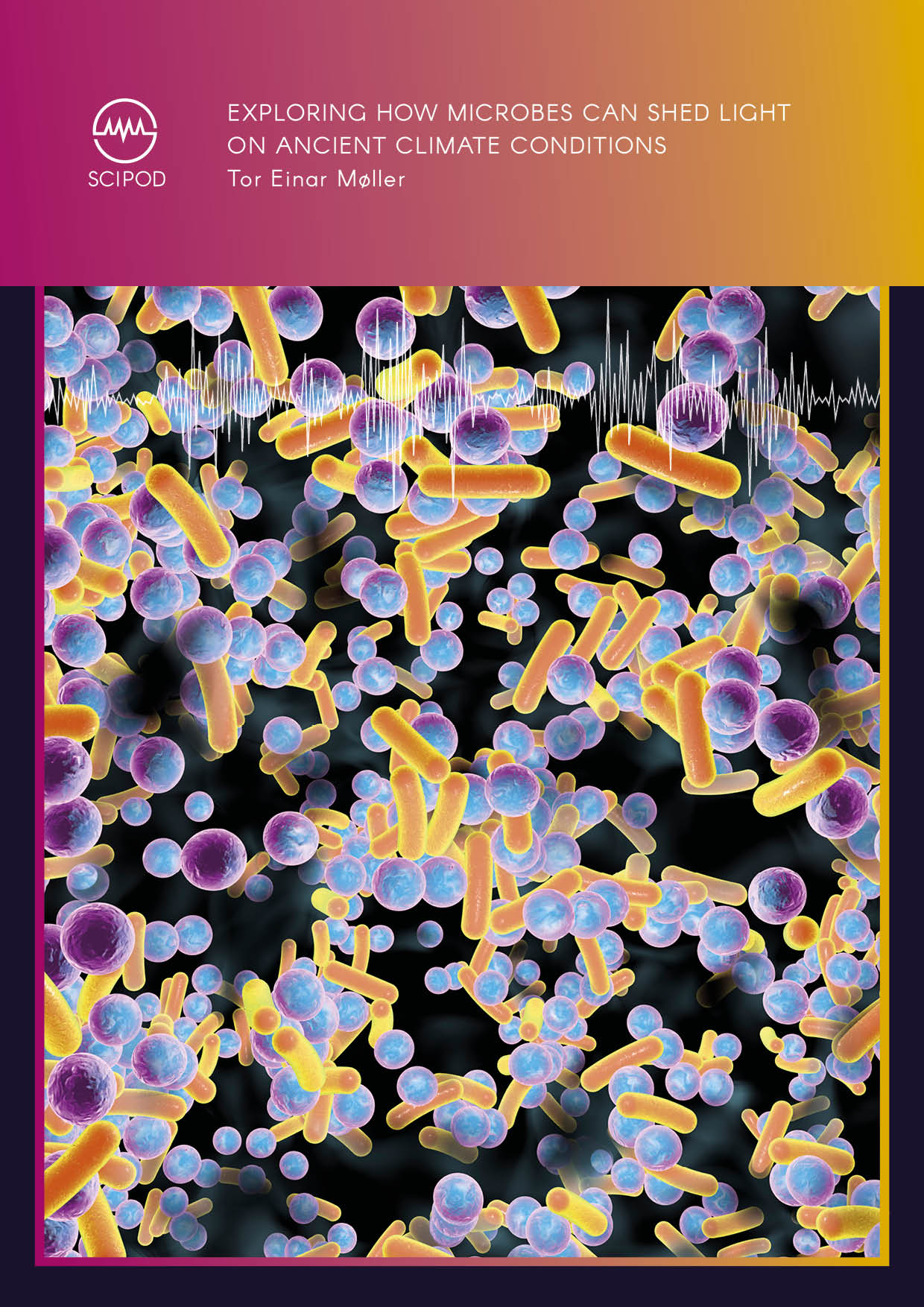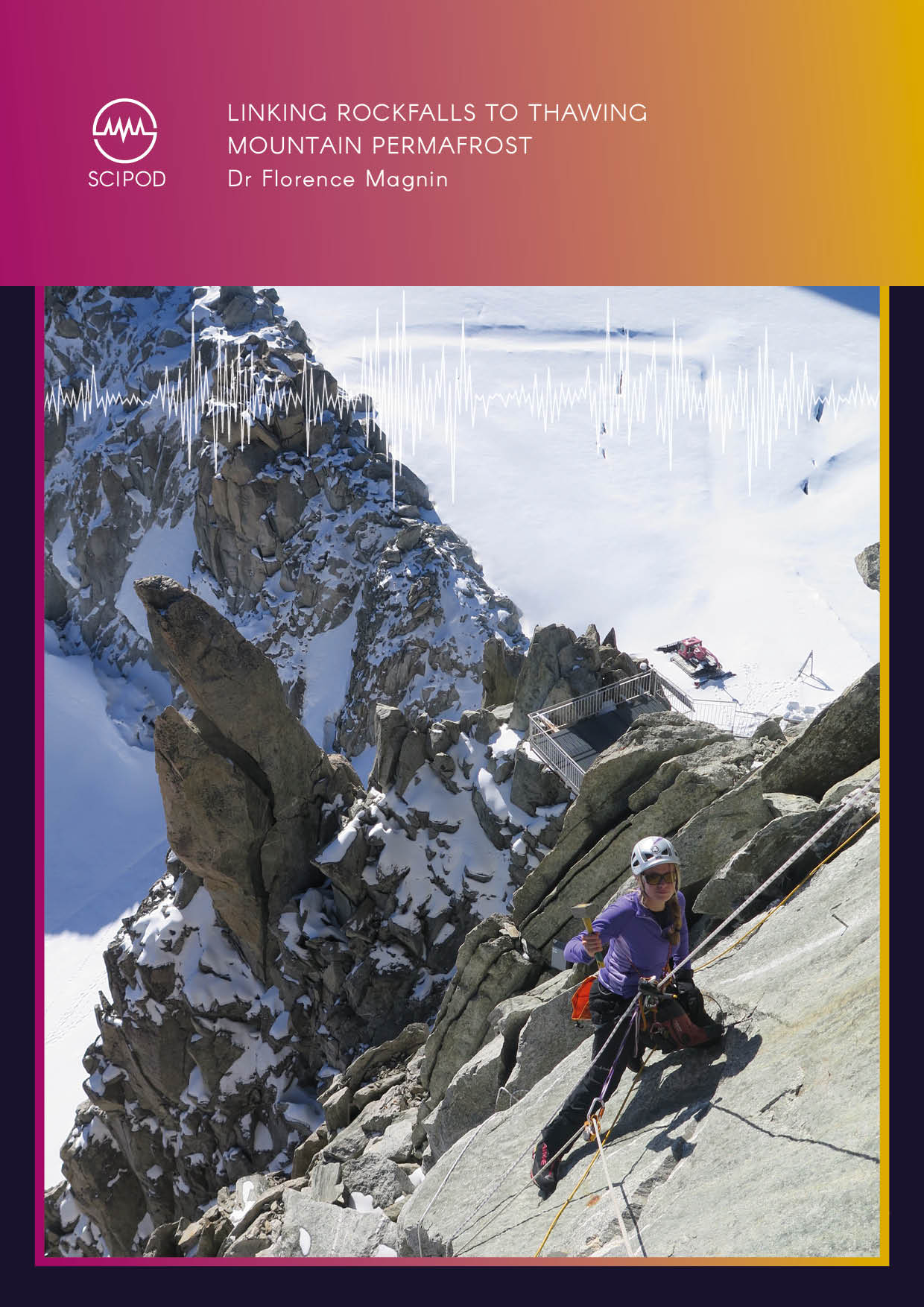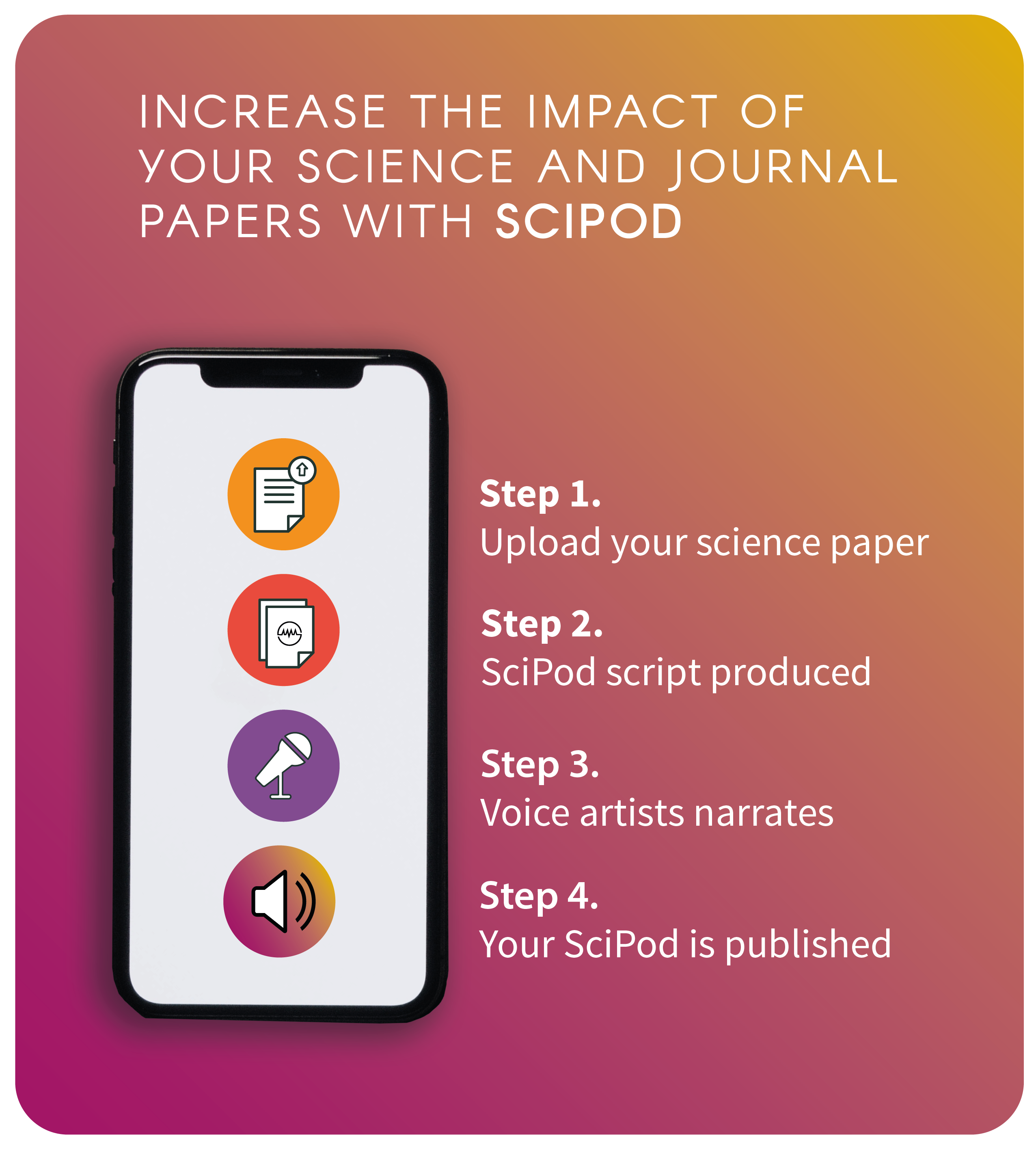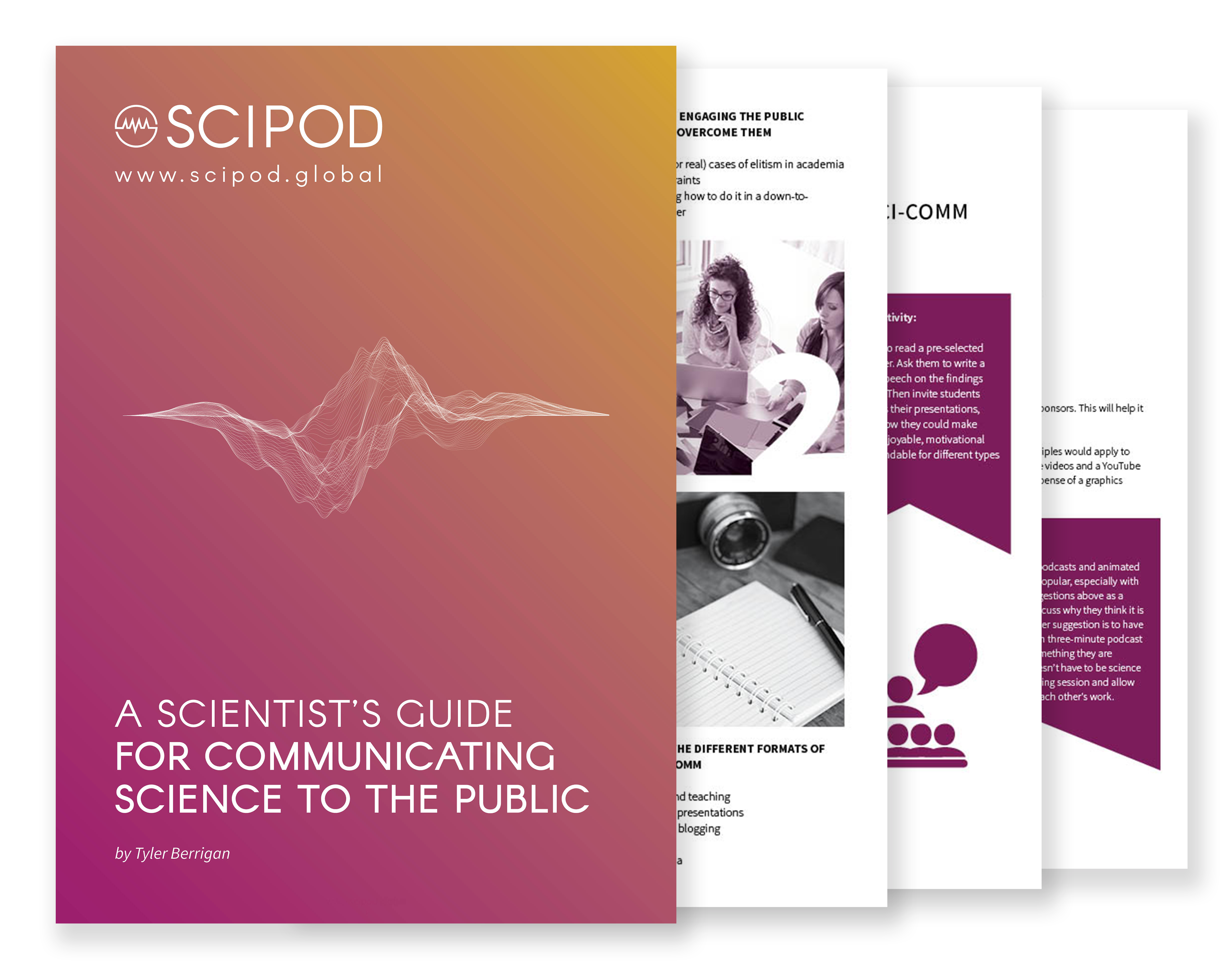Welcome to SciComm Radio
An exclusive interview series with leading scientists and science communicators
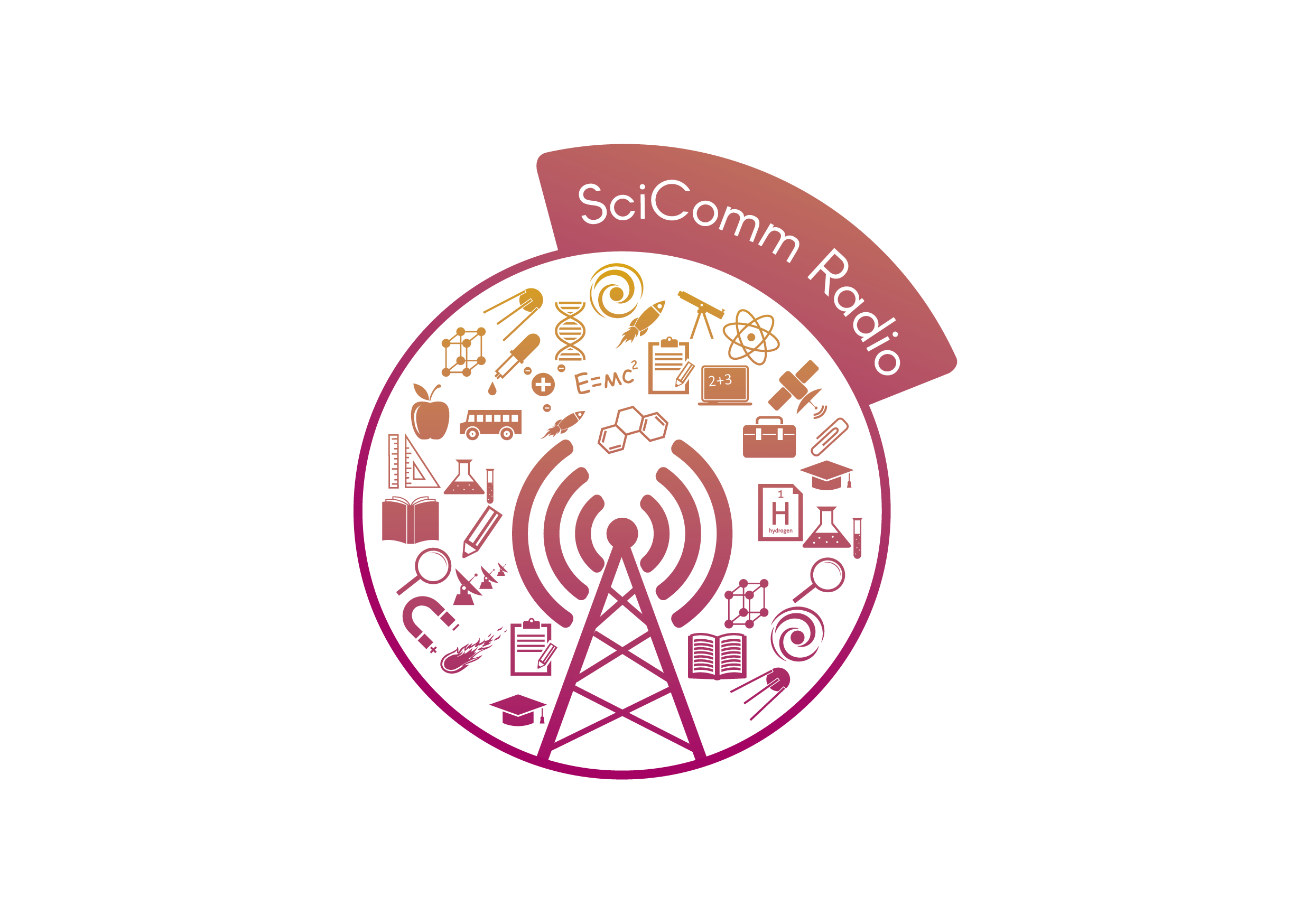
Click Below To Listen To A SciPod Radio Episode
Exploring the Potential of Metatorbernite in Uranium Remediation | Dr Caroline Kirk
Exploring the Potential of Metatorbernite in Uranium Remediation | Dr Caroline Kirk
Original Article Reference
This SciPod is a summary of the paper ‘Locating hydrogen positions in the autunite mineral metatorbernite [Cu(UO2)2(PO4)28H2O]: a combined approach using neutron powder diffraction and computational modelling’ from the International Union of Crystallography Journal, doi.org/10.1107/S205225252100837X.
About this episode
Although nuclear power is a clean alternative to fossil fuel combustion, this industry often causes uranium pollution in the local environment. The generation of metatorbernite, a solid material containing uranium, is one promising way to remove dissolved uranium atoms from industrial wastewater. However, before this remediation technology can be widely applied, we need a deeper understanding of the properties of metatorbernite, such as its long-term stability, to ensure that uranium will not be re-released from its structure. Dr Caroline Kirk, Ms Fi MacIver-Jones and their colleagues at the University of Edinburgh have been working to establish the structure and stability of this material, so that it can be applied for uranium remediation in the near future.
This work is licensed under a Creative Commons Attribution 4.0 International License. 
What does this mean?
Share: You can copy and redistribute the material in any medium or format
Adapt: You can change, and build upon the material for any purpose, even commercially.
Credit: You must give appropriate credit, provide a link to the license, and indicate if changes were made.
More episodes
Increase the impact of your research
• Good science communication helps people make informed decisions and motivates them to take appropriate and affirmative action.
• Good science communication encourages everyday people to be scientifically literate so that they can analyse the integrity and legitimacy of information.
• Good science communication encourages people into STEM-related fields of study and employment.
• Good public science communication fosters a community around research that includes both members of the public, policymakers and scientists.
• In a recent survey, 75% of people suggested they would prefer to listen to an interesting story than read it.

Step 1 Upload your science paper
Step 2 SciPod script written
Step 3 Voice audio recorded
Step 4 SciPod published
Investigating Fructans to Understand How Plants Can Survive Harsh Environments | Dr José Ordaz-Ortiz
Investigating Fructans to Understand How Plants Can Survive Harsh Environments | Dr José Ordaz-Ortiz
Original Article Reference
This SciPod is a summary of the paper ‘Localization and composition of Fructans in Stem and Rhizome of Agave Tequilana Weber var. azul’, in Frontiers in Plant Science. doi.org/10.3389/fpls.2020.608850
About this episode
The molecules within plant tissues can tell us about how they can withstand harsh environmental conditions. The Agave tequilana plant, native to Mexico, has a high concentration of fructan molecules throughout its tissues. Alongside his colleagues, Dr José Ordaz-Ortiz at the Center for Research and Advanced Studies of the National Polytechnic Institute in Mexico, combines several powerful analytical techniques to better understand the role that these fructans play in plant biology.
This work is licensed under a Creative Commons Attribution 4.0 International License. 
What does this mean?
Share: You can copy and redistribute the material in any medium or format
Adapt: You can change, and build upon the material for any purpose, even commercially.
Credit: You must give appropriate credit, provide a link to the license, and indicate if changes were made.
More episodes
Increase the impact of your research
• Good science communication helps people make informed decisions and motivates them to take appropriate and affirmative action.
• Good science communication encourages everyday people to be scientifically literate so that they can analyse the integrity and legitimacy of information.
• Good science communication encourages people into STEM-related fields of study and employment.
• Good public science communication fosters a community around research that includes both members of the public, policymakers and scientists.
• In a recent survey, 75% of people suggested they would prefer to listen to an interesting story than read it.

Step 1 Upload your science paper
Step 2 SciPod script written
Step 3 Voice audio recorded
Step 4 SciPod published
Translational Imaging Innovations: Accelerating Ophthalmic Research Through an Integrated Online Platform
Translational Imaging Innovations: Accelerating Ophthalmic Research Through an Integrated Online Platform
Original Article Reference
This SciPod is a summary of https://doi.org/10.33548/SCIENTIA769
About this episode
Led by Dr. Eric Buckland, Translational Imaging Innovations, Inc. (TII) provides purpose-driven software systems that drive such ophthalmic research forward. The TII image management platform provides researchers with the tools to manage multifaceted imaging workflows and efficiently organize and analyse complex sets of images and data to accelerate the development of new diagnoses and treatments for eye diseases. By unleashing the power of the eye, TII aims to transform medicine.
This work is licensed under a Creative Commons Attribution 4.0 International License. 
What does this mean?
Share: You can copy and redistribute the material in any medium or format
Adapt: You can change, and build upon the material for any purpose, even commercially.
Credit: You must give appropriate credit, provide a link to the license, and indicate if changes were made.
More episodes
Increase the impact of your research
• Good science communication helps people make informed decisions and motivates them to take appropriate and affirmative action.
• Good science communication encourages everyday people to be scientifically literate so that they can analyse the integrity and legitimacy of information.
• Good science communication encourages people into STEM-related fields of study and employment.
• Good public science communication fosters a community around research that includes both members of the public, policymakers and scientists.
• In a recent survey, 75% of people suggested they would prefer to listen to an interesting story than read it.

Step 1 Upload your science paper
Step 2 SciPod script written
Step 3 Voice audio recorded
Step 4 SciPod published
Establishing a Positive Control for CD4 Cells: A Vital Addition to the Research Toolkit
Establishing a Positive Control for CD4 Cells: A Vital Addition to the Research Toolkit
Original Article Reference
This SciPod is a summary of the paper ‘A Positive Control for Detection of Functional CD4 T Cells in PBMC: The CPI Pool’, published in the journal Cells. https://doi.org/10.3390/cells6040047
About this episode
Measurement of CD4 T cell-mediated immunity requires functional tests to be conducted with viable peripheral blood mononuclear cells, PBMC. Recently, scientists at CTL successfully developed a positive control that not only verifies the functionality of CD4 T cells in PBMC, but also that the antigen-presenting cell compartment is unimpaired in the test sample as well.
This work is licensed under a Creative Commons Attribution 4.0 International License. 
What does this mean?
Share: You can copy and redistribute the material in any medium or format
Adapt: You can change, and build upon the material for any purpose, even commercially.
Credit: You must give appropriate credit, provide a link to the license, and indicate if changes were made.
More episodes
Increase the impact of your research
• Good science communication helps people make informed decisions and motivates them to take appropriate and affirmative action.
• Good science communication encourages everyday people to be scientifically literate so that they can analyse the integrity and legitimacy of information.
• Good science communication encourages people into STEM-related fields of study and employment.
• Good public science communication fosters a community around research that includes both members of the public, policymakers and scientists.
• In a recent survey, 75% of people suggested they would prefer to listen to an interesting story than read it.

Step 1 Upload your science paper
Step 2 SciPod script written
Step 3 Voice audio recorded
Step 4 SciPod published
Revealing How Table Tennis Could Be Transformed into a Popular Spectator Sport | Professor Ralf Schneider
Revealing How Table Tennis Could Be Transformed into a Popular Spectator Sport | Professor Ralf Schneider
Original Article Reference
This SciPod is a summary of the paper ‘Statistical Analysis of Table-Tennis Ball Trajectories’, from Applied Sciences. doi.org/10.3390/app8122595
About this episode
Rapid-fire rallies of short, fast shots are a defining feature of professional table tennis – but for many audiences, the excitement of these matches isn’t easily conveyed on the TV screen. Using a combination of computer simulations and statistical analysis, Professor Ralf Schneider and his colleagues at the Institute of Physics of the University of Greifswald, Germany, explore how slight changes to the game’s equipment could slow matches down, and make them more interesting to viewers. Karl Lüskow, Marc Marschall and Stefan Kemnitz produced and optimised the simulation code, while Lars Lewerentz performed statistical analysis of the data.
This work is licensed under a Creative Commons Attribution 4.0 International License. 
What does this mean?
Share: You can copy and redistribute the material in any medium or format
Adapt: You can change, and build upon the material for any purpose, even commercially.
Credit: You must give appropriate credit, provide a link to the license, and indicate if changes were made.
More episodes
Increase the impact of your research
• Good science communication helps people make informed decisions and motivates them to take appropriate and affirmative action.
• Good science communication encourages everyday people to be scientifically literate so that they can analyse the integrity and legitimacy of information.
• Good science communication encourages people into STEM-related fields of study and employment.
• Good public science communication fosters a community around research that includes both members of the public, policymakers and scientists.
• In a recent survey, 75% of people suggested they would prefer to listen to an interesting story than read it.

Step 1 Upload your science paper
Step 2 SciPod script written
Step 3 Voice audio recorded
Step 4 SciPod published
Improving the Outlook for Children with Congenital Heart Disease | Dr Marta Erlandson
Improving the Outlook for Children with Congenital Heart Disease | Dr Marta Erlandson
Original Article Reference
This SciPod is a summary of https://doi.org/10.33548/SCIENTIA771
About this episode
This work is licensed under a Creative Commons Attribution 4.0 International License. 
What does this mean?
Share: You can copy and redistribute the material in any medium or format
Adapt: You can change, and build upon the material for any purpose, even commercially.
Credit: You must give appropriate credit, provide a link to the license, and indicate if changes were made.
More episodes
Increase the impact of your research
• Good science communication helps people make informed decisions and motivates them to take appropriate and affirmative action.
• Good science communication encourages everyday people to be scientifically literate so that they can analyse the integrity and legitimacy of information.
• Good science communication encourages people into STEM-related fields of study and employment.
• Good public science communication fosters a community around research that includes both members of the public, policymakers and scientists.
• In a recent survey, 75% of people suggested they would prefer to listen to an interesting story than read it.

Step 1 Upload your science paper
Step 2 SciPod script written
Step 3 Voice audio recorded
Step 4 SciPod published
The Unease Modulation Model: Revolutionising Health, Stress Management and Public Policy | Dr Joseph Arpaia – Dr Judith P. Andersen
The Unease Modulation Model: Revolutionising Health, Stress Management and Public Policy | Dr Joseph Arpaia – Dr Judith P. Andersen
Original Article Reference
This SciPod is a summary of the paper ‘The Unease Modulation Model: An Experiential Model of Stress With Implications for Health, Stress Management, and Public Policy’, published in the open access journal Frontiers in Psychiatry. DOI: https://doi.org/10.3389/fpsyt.2019.00379
About this episode
Stress is inherently prevalent in our lives and can have seriously deleterious impacts on individual health and well-being, as well as society more broadly. Dr Joseph Arpaia a psychiatrist in private practice in the USA, and colleague Dr Judith P. Andersen of the University of Toronto Mississauga in Canada, have proposed a new theoretical account of stress that has the potential to revolutionise clinical care in the fields of psychiatry and addiction, and improve well-being on a global level.
This work is licensed under a Creative Commons Attribution 4.0 International License. 
What does this mean?
Share: You can copy and redistribute the material in any medium or format
Adapt: You can change, and build upon the material for any purpose, even commercially.
Credit: You must give appropriate credit, provide a link to the license, and indicate if changes were made.
More episodes
Increase the impact of your research
• Good science communication helps people make informed decisions and motivates them to take appropriate and affirmative action.
• Good science communication encourages everyday people to be scientifically literate so that they can analyse the integrity and legitimacy of information.
• Good science communication encourages people into STEM-related fields of study and employment.
• Good public science communication fosters a community around research that includes both members of the public, policymakers and scientists.
• In a recent survey, 75% of people suggested they would prefer to listen to an interesting story than read it.

Step 1 Upload your science paper
Step 2 SciPod script written
Step 3 Voice audio recorded
Step 4 SciPod published
Preventing Rabies: A Deadly but Neglected Disease | Dr Joanne Maki
Preventing Rabies: A Deadly but Neglected Disease | Dr Joanne Maki
Original Article Reference
This SciPod is a summary of https://doi.org/10.33548/SCIENTIA757
About this episode
Rabies is transmitted from animals to humans through the bite of an infected animal, all too often with fatal consequences, particularly in the developing world. Dr Joanne Maki, Technical Director for the Veterinary Public Health Centre at Boehringer-Ingelheim Animal Health, has worked in rabies prevention for 30 years. With extensive background and experience gained in the rabies vaccine industry, Dr Maki shares her perspectives on the call to action to eliminate this deadly zoonotic disease.
This work is licensed under a Creative Commons Attribution 4.0 International License. 
What does this mean?
Share: You can copy and redistribute the material in any medium or format
Adapt: You can change, and build upon the material for any purpose, even commercially.
Credit: You must give appropriate credit, provide a link to the license, and indicate if changes were made.
More episodes
Increase the impact of your research
• Good science communication helps people make informed decisions and motivates them to take appropriate and affirmative action.
• Good science communication encourages everyday people to be scientifically literate so that they can analyse the integrity and legitimacy of information.
• Good science communication encourages people into STEM-related fields of study and employment.
• Good public science communication fosters a community around research that includes both members of the public, policymakers and scientists.
• In a recent survey, 75% of people suggested they would prefer to listen to an interesting story than read it.

Step 1 Upload your science paper
Step 2 SciPod script written
Step 3 Voice audio recorded
Step 4 SciPod published
Immigration, Epidemic Mortality and Demographic Recovery | Dr Pierre Galanaud
Immigration, Epidemic Mortality and Demographic Recovery | Dr Pierre Galanaud
Original Article Reference
This SciPod is a summary of the paper ‘Mortality and demographic recovery in early post-black death epidemics: Role of recent emigrants in medieval Dijon’, published in the open access journal PLOS One (https://doi.org/10.1371/journal.pone.0226420) and the letter ‘Recent immigrants at increased pandemic risk’ published under open access in the journal Science (https://www.science.org/doi/10.1126/science.abd1098).
About this episode
Dr Pierre Galanaud, an immunologist from Paris-Saclay University and Inserm UMR 996, analysed historical tax records to investigate the impact of epidemics on recent emigrants who experienced the 15th century plagues in Dijon, France. His research highlights the vulnerability of emigrants with low economic status to epidemic-related mortality. More broadly, his work demonstrates the important role that migrants play in population growth and demographic recovery after an epidemic has taken place. These findings are of particular relevance given the current COVID-19 pandemic.
This work is licensed under a Creative Commons Attribution 4.0 International License. 
What does this mean?
Share: You can copy and redistribute the material in any medium or format
Adapt: You can change, and build upon the material for any purpose, even commercially.
Credit: You must give appropriate credit, provide a link to the license, and indicate if changes were made.
More episodes
Increase the impact of your research
• Good science communication helps people make informed decisions and motivates them to take appropriate and affirmative action.
• Good science communication encourages everyday people to be scientifically literate so that they can analyse the integrity and legitimacy of information.
• Good science communication encourages people into STEM-related fields of study and employment.
• Good public science communication fosters a community around research that includes both members of the public, policymakers and scientists.
• In a recent survey, 75% of people suggested they would prefer to listen to an interesting story than read it.

Step 1 Upload your science paper
Step 2 SciPod script written
Step 3 Voice audio recorded
Step 4 SciPod published
Dream Warmer: An Innovative, Safe and Effective Complement to Skin-to-Skin Care for Neonatal Hypothermia | Dr Anne Hansen
Dream Warmer: An Innovative, Safe and Effective Complement to Skin-to-Skin Care for Neonatal Hypothermia | Dr Anne Hansen
Original Article Reference
This SciPod is a summary of https://doi.org/10.33548/SCIENTIA765
About this episode
Dr Anne Hansen is the Medical Director of the Neonatal Intensive Care Unit and Associate Chief of the Division of Newborn Medicine at Boston Children’s Hospital. With her colleagues, Dr Hansen has developed and tested a low cost, non-electrical warming mattress called the ‘Dream Warmer’ to help prevent and treat neonatal hypothermia in countries with limited medical resources. Her team has conducted extensive testing in Rwanda with results demonstrating that this medical device is safe, effective and ready for use on a wider scale.
This work is licensed under a Creative Commons Attribution 4.0 International License. 
What does this mean?
Share: You can copy and redistribute the material in any medium or format
Adapt: You can change, and build upon the material for any purpose, even commercially.
Credit: You must give appropriate credit, provide a link to the license, and indicate if changes were made.
More episodes
Increase the impact of your research
• Good science communication helps people make informed decisions and motivates them to take appropriate and affirmative action.
• Good science communication encourages everyday people to be scientifically literate so that they can analyse the integrity and legitimacy of information.
• Good science communication encourages people into STEM-related fields of study and employment.
• Good public science communication fosters a community around research that includes both members of the public, policymakers and scientists.
• In a recent survey, 75% of people suggested they would prefer to listen to an interesting story than read it.

Step 1 Upload your science paper
Step 2 SciPod script written
Step 3 Voice audio recorded
Step 4 SciPod published
Understanding Sudden Unexpected Infant Death: A Unique Collaboration
Understanding Sudden Unexpected Infant Death: A Unique Collaboration
Original Article Reference
This SciPod is a summary of https://doi.org/10.33548/SCIENTIA772
About this episode
When a supposedly healthy infant passes away, it can be hard to understand why. Juan Lavista Ferres (Microsoft), Dr Jan-Marino Ramirez and Dr Tatiana Anderson (both from Seattle Children’s Research Institute), and Professor Edwin Mitchell (University of Auckland), form the core of a novel collaboration to conduct vital and extensive research into the risk factors and mechanisms behind sudden unexpected infant death. This unique collaboration spanning across disciplines, industries and continents, is providing the deeper understanding that is needed to prevent unnecessary infant deaths.
This work is licensed under a Creative Commons Attribution 4.0 International License. 
What does this mean?
Share: You can copy and redistribute the material in any medium or format
Adapt: You can change, and build upon the material for any purpose, even commercially.
Credit: You must give appropriate credit, provide a link to the license, and indicate if changes were made.
More episodes
Increase the impact of your research
• Good science communication helps people make informed decisions and motivates them to take appropriate and affirmative action.
• Good science communication encourages everyday people to be scientifically literate so that they can analyse the integrity and legitimacy of information.
• Good science communication encourages people into STEM-related fields of study and employment.
• Good public science communication fosters a community around research that includes both members of the public, policymakers and scientists.
• In a recent survey, 75% of people suggested they would prefer to listen to an interesting story than read it.

Step 1 Upload your science paper
Step 2 SciPod script written
Step 3 Voice audio recorded
Step 4 SciPod published
Return of Baird’s Tapir: Blessing or Omen? | Dr LaRoy Brandt – Maggie Singleton
Return of Baird’s Tapir: Blessing or Omen? | Dr LaRoy Brandt – Maggie Singleton
Original Article Reference
This SciPod is a summary of ‘Record of Baird’s tapir Tapirus bairdii at the La Suerte Biological Field Station in the Caribbean lowlands of Costa Rica’, in PeerJ Preprints. doi.org/10.7287/peerj.preprints.27128v1
About this episode
The destruction of jungle and forest habitats is a serious issue threatening species across the globe. Dr LaRoy Brandt and Maggie Singleton of Lincoln Memorial University studied one such threatened species, Baird’s tapir, in Costa Rica. By identifying the tapir’s tracks and deploying remote trail cameras, the team caught rare glimpses of this threatened species, indicating a return of the native population and an increase in their numbers. The question is, however, is this increase a sign of improving habitats or a result of less favourable forces at play?
This work is licensed under a Creative Commons Attribution 4.0 International License. 
What does this mean?
Share: You can copy and redistribute the material in any medium or format
Adapt: You can change, and build upon the material for any purpose, even commercially.
Credit: You must give appropriate credit, provide a link to the license, and indicate if changes were made.
More episodes
Increase the impact of your research
• Good science communication helps people make informed decisions and motivates them to take appropriate and affirmative action.
• Good science communication encourages everyday people to be scientifically literate so that they can analyse the integrity and legitimacy of information.
• Good science communication encourages people into STEM-related fields of study and employment.
• Good public science communication fosters a community around research that includes both members of the public, policymakers and scientists.
• In a recent survey, 75% of people suggested they would prefer to listen to an interesting story than read it.

Step 1 Upload your science paper
Step 2 SciPod script written
Step 3 Voice audio recorded
Step 4 SciPod published
Confronting Challenges to the Uptake of Digital Healthcare | Paola Mattei
Confronting Challenges to the Uptake of Digital Healthcare | Paola Mattei
Original Article Reference
This SciPod is a summary of the open access paper ‘Digital governance in tax-funded European healthcare systems: from the Back office to patient empowerment’, published in the Israel Journal of Health Policy Research. DOI: https://doi.org/10.1186/s13584-020-0361-1
About this episode
Digital healthcare promises a wealth of benefits for current healthcare systems, yet its uptake has been remarkably slow across Europe. Taking the example of the UK in particular, Paola Mattei, Associate Professor in Political Science at the University of Milan, Italy, has recently considered the explanations for the slow uptake of digital healthcare and provides a commentary on why this is the case and what challenges now need to be faced to ensure success.
This work is licensed under a Creative Commons Attribution 4.0 International License. 
What does this mean?
Share: You can copy and redistribute the material in any medium or format
Adapt: You can change, and build upon the material for any purpose, even commercially.
Credit: You must give appropriate credit, provide a link to the license, and indicate if changes were made.
More episodes
Increase the impact of your research
• Good science communication helps people make informed decisions and motivates them to take appropriate and affirmative action.
• Good science communication encourages everyday people to be scientifically literate so that they can analyse the integrity and legitimacy of information.
• Good science communication encourages people into STEM-related fields of study and employment.
• Good public science communication fosters a community around research that includes both members of the public, policymakers and scientists.
• In a recent survey, 75% of people suggested they would prefer to listen to an interesting story than read it.

Step 1 Upload your science paper
Step 2 SciPod script written
Step 3 Voice audio recorded
Step 4 SciPod published
Do Maternal Influences on Birthweight Influence Future Cardiometabolic Risk? | Dr Gunn-Helen Moen
Do Maternal Influences on Birthweight Influence Future Cardiometabolic Risk? | Dr Gunn-Helen Moen
Original Article Reference
This SciPod is a summary of the paper ‘Mendelian randomization study of maternal influences on birthweight and future cardiometabolic risk in the HUNT cohort’, published in Nature Communications. DOI: https://doi.org/10.1038/s41467-020-19257-z
About this episode
Adverse environmental factors in the mother’s womb and/or during the first years of life have traditionally been thought to be responsible for an increased risk of cardiometabolic disease for children later in life. Dr Gunn-Helen Moen [MO-en] at the University of Oslo in Norway and her collaborators used sophisticated statistical and genetic techniques to identify whether there is a causal effect of environmental factors that influence intrauterine growth on future cardiometabolic risk in the child. Their results were surprising but important.
This work is licensed under a Creative Commons Attribution 4.0 International License. 
What does this mean?
Share: You can copy and redistribute the material in any medium or format
Adapt: You can change, and build upon the material for any purpose, even commercially.
Credit: You must give appropriate credit, provide a link to the license, and indicate if changes were made.
More episodes
Increase the impact of your research
• Good science communication helps people make informed decisions and motivates them to take appropriate and affirmative action.
• Good science communication encourages everyday people to be scientifically literate so that they can analyse the integrity and legitimacy of information.
• Good science communication encourages people into STEM-related fields of study and employment.
• Good public science communication fosters a community around research that includes both members of the public, policymakers and scientists.
• In a recent survey, 75% of people suggested they would prefer to listen to an interesting story than read it.

Step 1 Upload your science paper
Step 2 SciPod script written
Step 3 Voice audio recorded
Step 4 SciPod published
Using Machine Learning to Predict Bacterial Growth According to the Media Components | Dr Bei-Wen Ying
Using Machine Learning to Predict Bacterial Growth According to the Media Components | Dr Bei-Wen Ying
Original Article Reference
This SciPod is a summary of the paper: ‘Predicting the decision-making chemicals used for bacterial growth’ published in Nature Scientific Reports. DOI: https://doi.org/10.1038/s41598-019-43587-8
About this episode
Bacterial growth depends on the complex interactions of a multitude of chemical components. Microbiologists have long attempted to predict bacterial growth according to culture media components, and have employed a variety of mathematical and computational models to this end. Dr Bei-Wen Ying and her colleagues at the University of Tsukuba, Japan, successfully applied machine learning to understand the contribution of media culture components to bacterial growth. Their work makes a significant contribution to growth prediction and demonstrates that machine learning can be employed in the exploration of the complex dynamics that regulate living systems.
This work is licensed under a Creative Commons Attribution 4.0 International License. 
What does this mean?
Share: You can copy and redistribute the material in any medium or format
Adapt: You can change, and build upon the material for any purpose, even commercially.
Credit: You must give appropriate credit, provide a link to the license, and indicate if changes were made.
More episodes
Increase the impact of your research
• Good science communication helps people make informed decisions and motivates them to take appropriate and affirmative action.
• Good science communication encourages everyday people to be scientifically literate so that they can analyse the integrity and legitimacy of information.
• Good science communication encourages people into STEM-related fields of study and employment.
• Good public science communication fosters a community around research that includes both members of the public, policymakers and scientists.
• In a recent survey, 75% of people suggested they would prefer to listen to an interesting story than read it.

Step 1 Upload your science paper
Step 2 SciPod script written
Step 3 Voice audio recorded
Step 4 SciPod published
The Benefits and Costs of Legalising Same-Sex Marriage in the USA | Dr Kristina B. Wolff
The Benefits and Costs of Legalising Same-Sex Marriage in the USA | Dr Kristina B. Wolff
Original Article Reference
This SciPod is a summary of the paper ‘“I Do, I Don’t”: The benefits and Perils of Legalizing Same-Sex Marriage in the United States- One Year Later’, published in the open access journal Humanities. DOI: 10.3390/h6020012.
About this episode
On the 26th of June 2015, the US Supreme Court legalised same-sex marriage across the USA, allowing same-sex couples to be legally recognised as married in all 50 states. In a study conducted one year later, Dr Kristina B. Wolff at The Dartmouth Institute for Health Policy & Clinical Practice, explored some of the benefits and costs of this legalisation for LGBTQ+ communities living in the USA. She introduced a new framework, based on the work of economist Dr Amartya Sen and philosopher Dr Martha Nussbaum, that could encourage long-lasting positive social change.
This work is licensed under a Creative Commons Attribution 4.0 International License. 
What does this mean?
Share: You can copy and redistribute the material in any medium or format
Adapt: You can change, and build upon the material for any purpose, even commercially.
Credit: You must give appropriate credit, provide a link to the license, and indicate if changes were made.
More episodes
Increase the impact of your research
• Good science communication helps people make informed decisions and motivates them to take appropriate and affirmative action.
• Good science communication encourages everyday people to be scientifically literate so that they can analyse the integrity and legitimacy of information.
• Good science communication encourages people into STEM-related fields of study and employment.
• Good public science communication fosters a community around research that includes both members of the public, policymakers and scientists.
• In a recent survey, 75% of people suggested they would prefer to listen to an interesting story than read it.

Step 1 Upload your science paper
Step 2 SciPod script written
Step 3 Voice audio recorded
Step 4 SciPod published
Arendt’s Ethics of Otherness: Rethinking How We See Other People | Professor Andreea Deciu
Arendt’s Ethics of Otherness: Rethinking How We See Other People | Professor Andreea Deciu
Original Article Reference
This SciPod is a summary of the paper ‘Reading (with) Hannah Arendt: Aesthetic Representation for an Ethics of Alterity,’ from Humanities. https://doi.org/10.3390/h8040155
About this episode
The 20th Century philosopher Hannah Arendt grounded ethics in aesthetics because she viewed art as a way of understanding how the world appears to different people. In her recent work, Professor Andreea Deciu [day-chew] Ritivoi [ree-tee-voy] of Carnegie Mellon University highlights Arendt’s rich repertoire of literary writings, as she believes that they deserve to be considered alongside other popular ethical works. Professor Ritivoi shows how Arendt’s unique contribution identifies the obstacles facing ‘human togetherness’, so that we can find ways to overcome them.
This work is licensed under a Creative Commons Attribution 4.0 International License. 
What does this mean?
Share: You can copy and redistribute the material in any medium or format
Adapt: You can change, and build upon the material for any purpose, even commercially.
Credit: You must give appropriate credit, provide a link to the license, and indicate if changes were made.
More episodes
Increase the impact of your research
• Good science communication helps people make informed decisions and motivates them to take appropriate and affirmative action.
• Good science communication encourages everyday people to be scientifically literate so that they can analyse the integrity and legitimacy of information.
• Good science communication encourages people into STEM-related fields of study and employment.
• Good public science communication fosters a community around research that includes both members of the public, policymakers and scientists.
• In a recent survey, 75% of people suggested they would prefer to listen to an interesting story than read it.

Step 1 Upload your science paper
Step 2 SciPod script written
Step 3 Voice audio recorded
Step 4 SciPod published
Exploring the Surface Chemistry of Interstellar Dust | Albert Rimola
Exploring the Surface Chemistry of Interstellar Dust | Albert Rimola
Original Article Reference
This SciPod is a summary of the paper ‘Computational Surface Modelling of Ices and Minerals of Interstellar Interest—Insights and Perspectives’, from Minerals. doi.org/10.3390/min11010026
About this episode
Interstellar space may seem like the last place you would look when searching for the chemical origins of life. Yet on the surfaces of tiny dust grains within this vast expanse, complex chemical reactions are continually occurring, which likely played a key role in establishing the rich diversity of complex molecules we observe in the solar system today. In a new study, astrochemists in Spain and Italy, led by Albert Rimola at the Autonomous University of Barcelona, examine how advanced simulation techniques can be used to study these important processes on atomic scales.
This work is licensed under a Creative Commons Attribution 4.0 International License. 
What does this mean?
Share: You can copy and redistribute the material in any medium or format
Adapt: You can change, and build upon the material for any purpose, even commercially.
Credit: You must give appropriate credit, provide a link to the license, and indicate if changes were made.
More episodes
Increase the impact of your research
• Good science communication helps people make informed decisions and motivates them to take appropriate and affirmative action.
• Good science communication encourages everyday people to be scientifically literate so that they can analyse the integrity and legitimacy of information.
• Good science communication encourages people into STEM-related fields of study and employment.
• Good public science communication fosters a community around research that includes both members of the public, policymakers and scientists.
• In a recent survey, 75% of people suggested they would prefer to listen to an interesting story than read it.

Step 1 Upload your science paper
Step 2 SciPod script written
Step 3 Voice audio recorded
Step 4 SciPod published
How Cancer Cells Overcome the Obstacle of Senescence | Sebastian Igelmann
How Cancer Cells Overcome the Obstacle of Senescence | Sebastian Igelmann
Original Article Reference
This SciPod is a summary of the paper ‘A hydride transfer complex reprograms NAD metabolism and bypass senescence’, published in the journal Molecular Cell, https://doi.org/10.1016/j.molcel.2021.08.028
About this episode
Cellular senescence [suh-NEH-Sns] is the process by which cells age and permanently stop dividing but do not die. While the process of senescence creates a barrier to tumour formation, it can still be overcome by cancer cells. Sebastian Igelmann, a PhD student supervised by group leader Dr Gerardo Ferbeyre at the University of Montreal, has identified a group of enzymes that work together to reprogramme cellular metabolism. This work provides important insight into how tumour cells may initiate proliferation and circumvent senescence. Critically, this specialist group of enzymes provides a potential therapeutic target for human cancer treatment.
This work is licensed under a Creative Commons Attribution 4.0 International License. 
What does this mean?
Share: You can copy and redistribute the material in any medium or format
Adapt: You can change, and build upon the material for any purpose, even commercially.
Credit: You must give appropriate credit, provide a link to the license, and indicate if changes were made.
More episodes
Increase the impact of your research
• Good science communication helps people make informed decisions and motivates them to take appropriate and affirmative action.
• Good science communication encourages everyday people to be scientifically literate so that they can analyse the integrity and legitimacy of information.
• Good science communication encourages people into STEM-related fields of study and employment.
• Good public science communication fosters a community around research that includes both members of the public, policymakers and scientists.
• In a recent survey, 75% of people suggested they would prefer to listen to an interesting story than read it.

Step 1 Upload your science paper
Step 2 SciPod script written
Step 3 Voice audio recorded
Step 4 SciPod published
The Holy Grail of Safer Opioids: Targeting Mu Opioid Receptor Splice Variants | Dr Ying-Xian Pan
The Holy Grail of Safer Opioids: Targeting Mu Opioid Receptor Splice Variants | Dr Ying-Xian Pan
Original Article Reference
This SciPod is a summary of https://doi.org/10.33548/SCIENTIA754
About this episode
Despite their numerous side effects, opioid drugs and morphine-like agents have remained a pillar in the medical management of pain. Most clinically used opioid drugs act through mu opioid receptors. Dr Ying-Xian Pan and his team from the Rutgers New Jersey Medical School, USA, studies the molecular and cellular mechanisms of mu opioid receptors and aim to develop novel strategies and opioid analgesics for better treating pain without side effects associated with traditional opiates. Efforts to find substitutes for traditional opioid drugs are helping address the opiate abuse crisis that affects many countries around the globe.
This work is licensed under a Creative Commons Attribution 4.0 International License. 
What does this mean?
Share: You can copy and redistribute the material in any medium or format
Adapt: You can change, and build upon the material for any purpose, even commercially.
Credit: You must give appropriate credit, provide a link to the license, and indicate if changes were made.
More episodes
Increase the impact of your research
• Good science communication helps people make informed decisions and motivates them to take appropriate and affirmative action.
• Good science communication encourages everyday people to be scientifically literate so that they can analyse the integrity and legitimacy of information.
• Good science communication encourages people into STEM-related fields of study and employment.
• Good public science communication fosters a community around research that includes both members of the public, policymakers and scientists.
• In a recent survey, 75% of people suggested they would prefer to listen to an interesting story than read it.

Step 1 Upload your science paper
Step 2 SciPod script written
Step 3 Voice audio recorded
Step 4 SciPod published
Using Genetics to Diagnose Rare Metabolic Diseases | Dr Michael Wanger
Using Genetics to Diagnose Rare Metabolic Diseases | Dr Michael Wanger
Original Article Reference
This SciPod is a summary of https://doi.org/10.33548/SCIENTIA745
About this episode
Identifying the cause of an illness in a sick baby or child is not always easy, particularly if the disease is rare. Throughout his career, Dr Michael Wangler, at the Baylor College of Medicine and Jan and Dan Duncan Neurological Research Institute, has investigated rare childhood diseases. Combining his expertise in paediatrics and genetics, Dr Wangler utilises genomics, metabolomics and the humble fruit fly to identify the genes responsible for rare and undiagnosed diseases to improve both diagnosis and treatment.
This work is licensed under a Creative Commons Attribution 4.0 International License. 
What does this mean?
Share: You can copy and redistribute the material in any medium or format
Adapt: You can change, and build upon the material for any purpose, even commercially.
Credit: You must give appropriate credit, provide a link to the license, and indicate if changes were made.
More episodes
Increase the impact of your research
• Good science communication helps people make informed decisions and motivates them to take appropriate and affirmative action.
• Good science communication encourages everyday people to be scientifically literate so that they can analyse the integrity and legitimacy of information.
• Good science communication encourages people into STEM-related fields of study and employment.
• Good public science communication fosters a community around research that includes both members of the public, policymakers and scientists.
• In a recent survey, 75% of people suggested they would prefer to listen to an interesting story than read it.

Step 1 Upload your science paper
Step 2 SciPod script written
Step 3 Voice audio recorded
Step 4 SciPod published
Tackling Aggressive Brain Cancer With MicroRNA and Nanoparticles | Dr Hernando Lopez-Bertoni
Tackling Aggressive Brain Cancer With MicroRNA and Nanoparticles | Dr Hernando Lopez-Bertoni
Original Article Reference
This SciPod is a summary of https://doi.org/10.33548/SCIENTIA746
About this episode
Glioblastoma multiforme is an aggressive and life-threatening form of brain cancer. Although some treatments are available to provide comfort and prolong life, it remains an incurable and devastating disease. With the goal of advancing diagnostics and treatments for glioblastoma, Dr Hernando Lopez-Bertoni is carrying out exciting research at the Johns Hopkins University School of Medicine. Taking on board the cancer stem cell hypothesis, Dr Lopez-Bertoni has made fascinating discoveries into how miRNA genetic material can be utilised and how it could be delivered to the brain via nanoparticles.
This work is licensed under a Creative Commons Attribution 4.0 International License. 
What does this mean?
Share: You can copy and redistribute the material in any medium or format
Adapt: You can change, and build upon the material for any purpose, even commercially.
Credit: You must give appropriate credit, provide a link to the license, and indicate if changes were made.
More episodes
Increase the impact of your research
• Good science communication helps people make informed decisions and motivates them to take appropriate and affirmative action.
• Good science communication encourages everyday people to be scientifically literate so that they can analyse the integrity and legitimacy of information.
• Good science communication encourages people into STEM-related fields of study and employment.
• Good public science communication fosters a community around research that includes both members of the public, policymakers and scientists.
• In a recent survey, 75% of people suggested they would prefer to listen to an interesting story than read it.

Step 1 Upload your science paper
Step 2 SciPod script written
Step 3 Voice audio recorded
Step 4 SciPod published
New Insights into the Effectiveness and Benefits of Student Self-Assessment | Professor Heidi L. Andrade
New Insights into the Effectiveness and Benefits of Student Self-Assessment | Professor Heidi L. Andrade
Original Article Reference
This SciPod is a summary of the paper ‘A Critical Review of Research on Student Self-Assessment’, from Frontiers in Education. DOI: https://doi.org/10.3389/feduc.2019.00087.
About this episode
By asking their students to complete self-assessment exercises, educators can encourage the development of their students. These methods rely on a student’s ability to evaluate their own skills, knowledge, and other qualities, and use their self-assessment to make improvements. Professor Heidi L. Andrade at the University of Albany recently reviewed 76 empirical studies focusing on student self-assessment. Her review paper offers interesting insights about the effectiveness of self-assessment and its association with achievement and self-regulated learning.
This work is licensed under a Creative Commons Attribution 4.0 International License. 
What does this mean?
Share: You can copy and redistribute the material in any medium or format
Adapt: You can change, and build upon the material for any purpose, even commercially.
Credit: You must give appropriate credit, provide a link to the license, and indicate if changes were made.
More episodes
Increase the impact of your research
• Good science communication helps people make informed decisions and motivates them to take appropriate and affirmative action.
• Good science communication encourages everyday people to be scientifically literate so that they can analyse the integrity and legitimacy of information.
• Good science communication encourages people into STEM-related fields of study and employment.
• Good public science communication fosters a community around research that includes both members of the public, policymakers and scientists.
• In a recent survey, 75% of people suggested they would prefer to listen to an interesting story than read it.

Step 1 Upload your science paper
Step 2 SciPod script written
Step 3 Voice audio recorded
Step 4 SciPod published
Promoting Global Education and Sustainable Development Through Animations | Dr María Angeles Rodriguez-Domenech
Promoting Global Education and Sustainable Development Through Animations | Dr María Angeles Rodriguez-Domenech
Original Article Reference
This SciPod is a summary of the paper ‘Scientific Animations Without Borders (SAWBO): an innovative strategy for promoting education for sustainable development’, from Sustainability Science. doi.org/10.1007/s11625-018-0624-8
About this episode
One of the main priorities of the United Nations and other international organisations is to encourage the sustainable economic, social, and environmental development of all countries worldwide. Education plays a crucial role in these efforts, as it allows individuals to become more knowledgeable about matters of public interest, while potentially improving their life skills. Researchers at Purdue University and Michigan State University have created Scientific Animations Without Borders, a platform that produces and disseminates educational animations in numerous languages and dialects. A recent paper authored by Dr María Angeles Rodriguez-Domenech of the University of Castilla-La Mancha in Spain discusses the potential of this innovative platform as a tool for sustainable development.
This work is licensed under a Creative Commons Attribution 4.0 International License. 
What does this mean?
Share: You can copy and redistribute the material in any medium or format
Adapt: You can change, and build upon the material for any purpose, even commercially.
Credit: You must give appropriate credit, provide a link to the license, and indicate if changes were made.
More episodes
Increase the impact of your research
• Good science communication helps people make informed decisions and motivates them to take appropriate and affirmative action.
• Good science communication encourages everyday people to be scientifically literate so that they can analyse the integrity and legitimacy of information.
• Good science communication encourages people into STEM-related fields of study and employment.
• Good public science communication fosters a community around research that includes both members of the public, policymakers and scientists.
• In a recent survey, 75% of people suggested they would prefer to listen to an interesting story than read it.

Step 1 Upload your science paper
Step 2 SciPod script written
Step 3 Voice audio recorded
Step 4 SciPod published
Scientific Societies Team Up to Foster a Diverse STEM Workforce | Dr Verónica A. Segarra
Scientific Societies Team Up to Foster a Diverse STEM Workforce | Dr Verónica A. Segarra
Original Article Reference
This SciPod is a summary of https://doi.org/10.33548/SCIENTIA786
About this episode
The Science, Technology, Engineering, and Math (STEM) communities have a long history of exclusion and underrepresentation of women, African American, Latinx, American Indian and LGBTQIA+ students. In order for our STEM enterprise to be truly equitable, everyone that wants to become a scientist must have an equitable opportunity to do so, regardless of their gender, ethnicity or sexual orientation. In the movement toward equity, the demographic diversity of the STEM workforce must mirror that of the general population. STEM workforce diversity can accelerate innovation in scientific disciplines, and, if coupled with systemic cultural equity, can also support a STEM enterprise where everyone can thrive. Dr Verónica A. Segarra, Interim Chair and Assistant Professor of Biology at High Point University, has been exploring how scientific societies could help their disciplines be more equitable. Her efforts have helped to establish numerous alliances and collaborations among societies and diversity-focused organisations, with the mission of building a more diverse and inclusive STEM workforce.
This work is licensed under a Creative Commons Attribution 4.0 International License. 
What does this mean?
Share: You can copy and redistribute the material in any medium or format
Adapt: You can change, and build upon the material for any purpose, even commercially.
Credit: You must give appropriate credit, provide a link to the license, and indicate if changes were made.
More episodes
Increase the impact of your research
• Good science communication helps people make informed decisions and motivates them to take appropriate and affirmative action.
• Good science communication encourages everyday people to be scientifically literate so that they can analyse the integrity and legitimacy of information.
• Good science communication encourages people into STEM-related fields of study and employment.
• Good public science communication fosters a community around research that includes both members of the public, policymakers and scientists.
• In a recent survey, 75% of people suggested they would prefer to listen to an interesting story than read it.

Step 1 Upload your science paper
Step 2 SciPod script written
Step 3 Voice audio recorded
Step 4 SciPod published
Controlling the Worldwide chaotic Spreading of COVID-19 Through Vaccinations | Dr Aldo Bonasera
Controlling the Worldwide chaotic Spreading of COVID-19 Through Vaccinations | Dr Aldo Bonasera
Original Article Reference
This SciPod is a summary of the paper ‘Controlling the Worldwide chaotic Spreading of COVID-19 through Vaccinations’, published in the Journal of Modern Physics. DOI: 10.4236/jmp.2022.131001.
About this episode
Amid the global COVID-19 pandemic, we face challenges that require innovative and strategic responding. Dr Aldo Bonasera at Texas A&M University in the USA and Laboratori Nazionali del Sud, Istituto Nazionale di Fisica Nucleare in Italy, and Dr Hua Zheng at the School of Physics and Information Technology, Shaanxi Normal University in China, have taken a mathematical approach to compare the current COVID-19 pandemic with the Spanish Flu. Their findings have led to important recommendations for managing the current pandemic through vaccination programmes.
This work is licensed under a Creative Commons Attribution 4.0 International License. 
What does this mean?
Share: You can copy and redistribute the material in any medium or format
Adapt: You can change, and build upon the material for any purpose, even commercially.
Credit: You must give appropriate credit, provide a link to the license, and indicate if changes were made.
More episodes
Increase the impact of your research
• Good science communication helps people make informed decisions and motivates them to take appropriate and affirmative action.
• Good science communication encourages everyday people to be scientifically literate so that they can analyse the integrity and legitimacy of information.
• Good science communication encourages people into STEM-related fields of study and employment.
• Good public science communication fosters a community around research that includes both members of the public, policymakers and scientists.
• In a recent survey, 75% of people suggested they would prefer to listen to an interesting story than read it.

Step 1 Upload your science paper
Step 2 SciPod script written
Step 3 Voice audio recorded
Step 4 SciPod published
How Soundtracks Shape What We See | Dr. Alessandro Ansani
How Soundtracks Shape What We See | Dr. Alessandro Ansani
Original Article Reference
This SciPod is a summary of the paper ‘How Soundtracks Shape What We See: Analyzing the Influence of Music on Visual Scenes Through Self-Assessment, Eye Tracking, and Pupillometry’ from the open access journal, Frontiers in Psychology. https://doi.org/10.3389/fpsyg.2020.02242.
About this episode
Music has the power to influence how we interpret the world around us. Dr. Alessandro Ansani from the Department of Psychology at Sapienza University of Rome believes this interpretation is multidimensional and involves several interconnected cognitive factors and mechanisms. He has recently demonstrated the significant impact that background music can have on our interpretation of a simple movie scene, by manipulating the soundtrack.
This work is licensed under a Creative Commons Attribution 4.0 International License. 
What does this mean?
Share: You can copy and redistribute the material in any medium or format
Adapt: You can change, and build upon the material for any purpose, even commercially.
Credit: You must give appropriate credit, provide a link to the license, and indicate if changes were made.
More episodes
Increase the impact of your research
• Good science communication helps people make informed decisions and motivates them to take appropriate and affirmative action.
• Good science communication encourages everyday people to be scientifically literate so that they can analyse the integrity and legitimacy of information.
• Good science communication encourages people into STEM-related fields of study and employment.
• Good public science communication fosters a community around research that includes both members of the public, policymakers and scientists.
• In a recent survey, 75% of people suggested they would prefer to listen to an interesting story than read it.

Step 1 Upload your science paper
Step 2 SciPod script written
Step 3 Voice audio recorded
Step 4 SciPod published
Exploring Cyberpunk as a Post-Utopian Genre | Professor Elana Gomel
Exploring Cyberpunk as a Post-Utopian Genre | Professor Elana Gomel
Original Article Reference
This SciPod is a summary of the paper ‘Recycled Dystopias: Cyberpunk and the end of history’, from Arts. doi.org/10.3390/arts7030031
About this episode
Cyberpunk brings to mind neon lights, artificial intelligence and mega corporations. It is a subgenre of science fiction set in a dystopian, futuristic, and oppressive setting, with advanced technology often featured alongside societal decay. Professor Elana Gomel [ee-lah-nah go-mell] in the Department of English and American Studies at Tel-Aviv University in Israel specialises in narrative theory with a particular focus on the intersection between literature and science. In her recent work focusing on the cyberpunk genre, Professor Elana Gomel argues that cyberpunk is not a dystopian modality of representation; rather, it is better classified as ‘post-utopian’.
This work is licensed under a Creative Commons Attribution 4.0 International License. 
What does this mean?
Share: You can copy and redistribute the material in any medium or format
Adapt: You can change, and build upon the material for any purpose, even commercially.
Credit: You must give appropriate credit, provide a link to the license, and indicate if changes were made.
More episodes
Increase the impact of your research
• Good science communication helps people make informed decisions and motivates them to take appropriate and affirmative action.
• Good science communication encourages everyday people to be scientifically literate so that they can analyse the integrity and legitimacy of information.
• Good science communication encourages people into STEM-related fields of study and employment.
• Good public science communication fosters a community around research that includes both members of the public, policymakers and scientists.
• In a recent survey, 75% of people suggested they would prefer to listen to an interesting story than read it.

Step 1 Upload your science paper
Step 2 SciPod script written
Step 3 Voice audio recorded
Step 4 SciPod published
Exploring How Microbes Can Shed Light on Ancient Climate Conditions | Tor Einar Møller
Exploring How Microbes Can Shed Light on Ancient Climate Conditions | Tor Einar Møller
Original Article Reference
This SciPod is a summary of the paper ‘Microbial Community Structure in Arctic Lake Sediments Reflect Variations in Holocene Climate Conditions’, in Frontiers in Microbiology. https://doi.org/10.3389/fmicb.2020.01520
About this episode
To study the climate of the ancient past, researchers look for its fingerprints in deep marine and lake sediments. Within these geological records are large and active microbial communities that may hold other clues about past environmental conditions and transitions. Tor Einar Møller [Tore Ee-naar Moe-lerr], a doctoral candidate at the University of Bergen, Norway, examined the link between contemporary microbe composition and the ancient climate. In a recent paper, he demonstrates that current microbe communities found within sediment cores capture elements of past environments.
This work is licensed under a Creative Commons Attribution 4.0 International License. 
What does this mean?
Share: You can copy and redistribute the material in any medium or format
Adapt: You can change, and build upon the material for any purpose, even commercially.
Credit: You must give appropriate credit, provide a link to the license, and indicate if changes were made.
More episodes
Increase the impact of your research
• Good science communication helps people make informed decisions and motivates them to take appropriate and affirmative action.
• Good science communication encourages everyday people to be scientifically literate so that they can analyse the integrity and legitimacy of information.
• Good science communication encourages people into STEM-related fields of study and employment.
• Good public science communication fosters a community around research that includes both members of the public, policymakers and scientists.
• In a recent survey, 75% of people suggested they would prefer to listen to an interesting story than read it.

Step 1 Upload your science paper
Step 2 SciPod script written
Step 3 Voice audio recorded
Step 4 SciPod published
Linking Rockfalls to Thawing Mountain Permafrost | Dr Florence Magnin
Linking Rockfalls to Thawing Mountain Permafrost | Dr Florence Magnin
Original Article Reference
This SciPod is a summary of https://doi.org/10.33548/SCIENTIA782
About this episode
Permafrost is key to maintaining the stability of steep mountain slopes. Yet as the climate warms, this frozen ground is becoming increasingly prone to thawing. In some cases, these events can trigger cascades of loose rock, with potentially devastating consequences for surrounding communities. Using a combination of computer modelling, and daring field experiments, Dr Florence Magnin at the Laboratory of Environments, Dynamics and Mountain Territories (EDYTEM) aims to better predict when and where these rockfalls are likely to occur, and how the state of mountain permafrost will evolve in the future.
This work is licensed under a Creative Commons Attribution 4.0 International License. 
What does this mean?
Share: You can copy and redistribute the material in any medium or format
Adapt: You can change, and build upon the material for any purpose, even commercially.
Credit: You must give appropriate credit, provide a link to the license, and indicate if changes were made.
More episodes
Increase the impact of your research
• Good science communication helps people make informed decisions and motivates them to take appropriate and affirmative action.
• Good science communication encourages everyday people to be scientifically literate so that they can analyse the integrity and legitimacy of information.
• Good science communication encourages people into STEM-related fields of study and employment.
• Good public science communication fosters a community around research that includes both members of the public, policymakers and scientists.
• In a recent survey, 75% of people suggested they would prefer to listen to an interesting story than read it.

Step 1 Upload your science paper
Step 2 SciPod script written
Step 3 Voice audio recorded
Step 4 SciPod published

